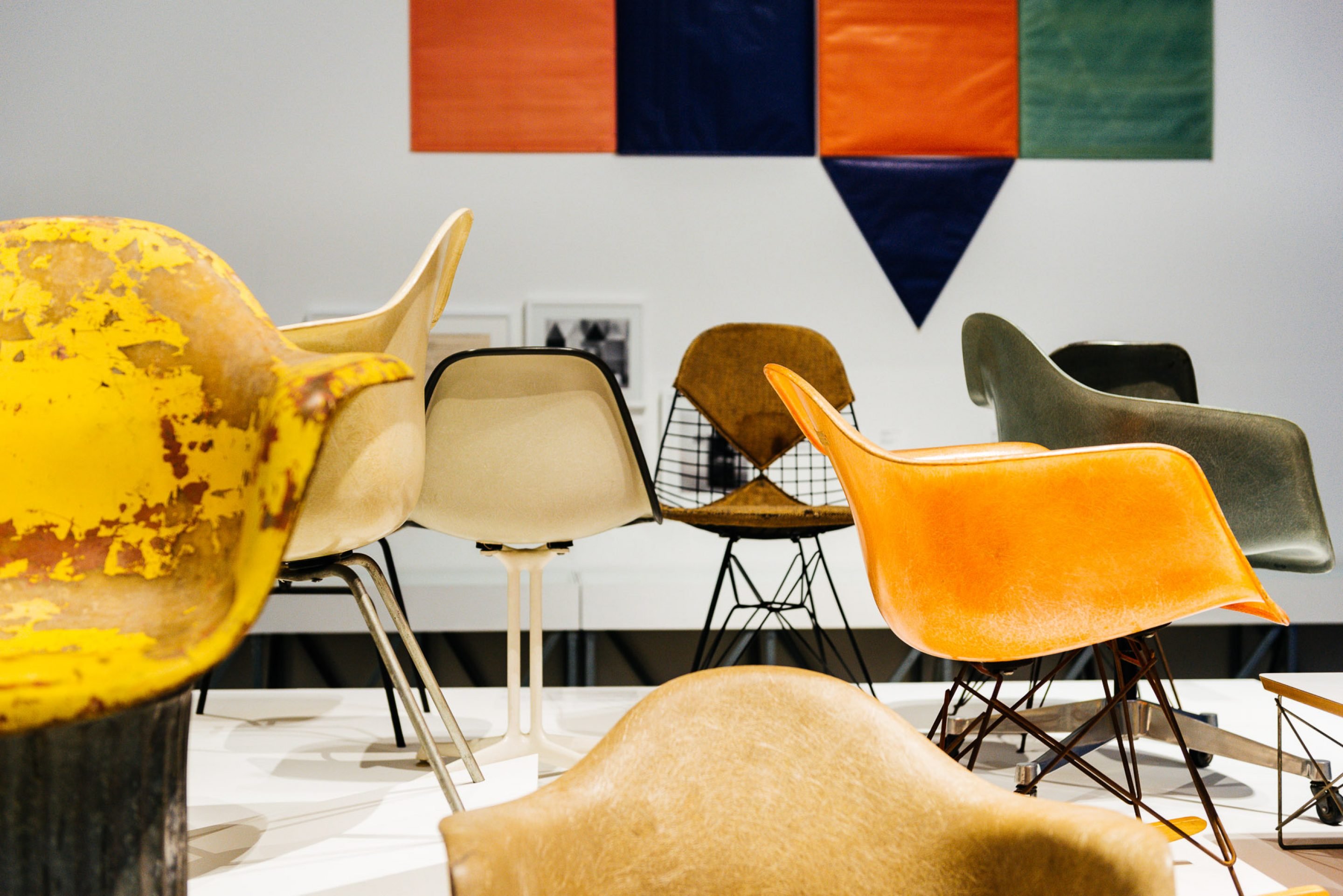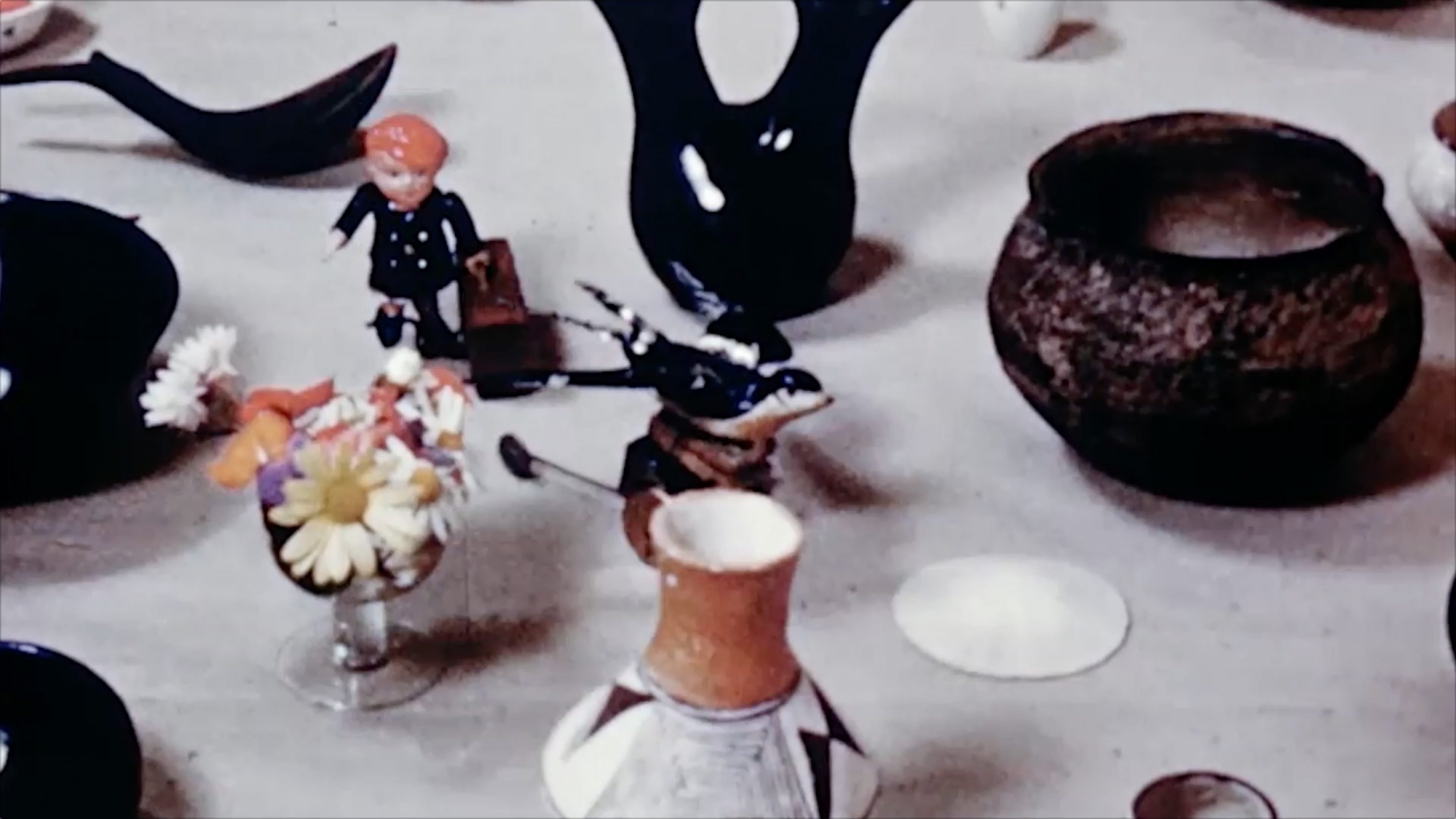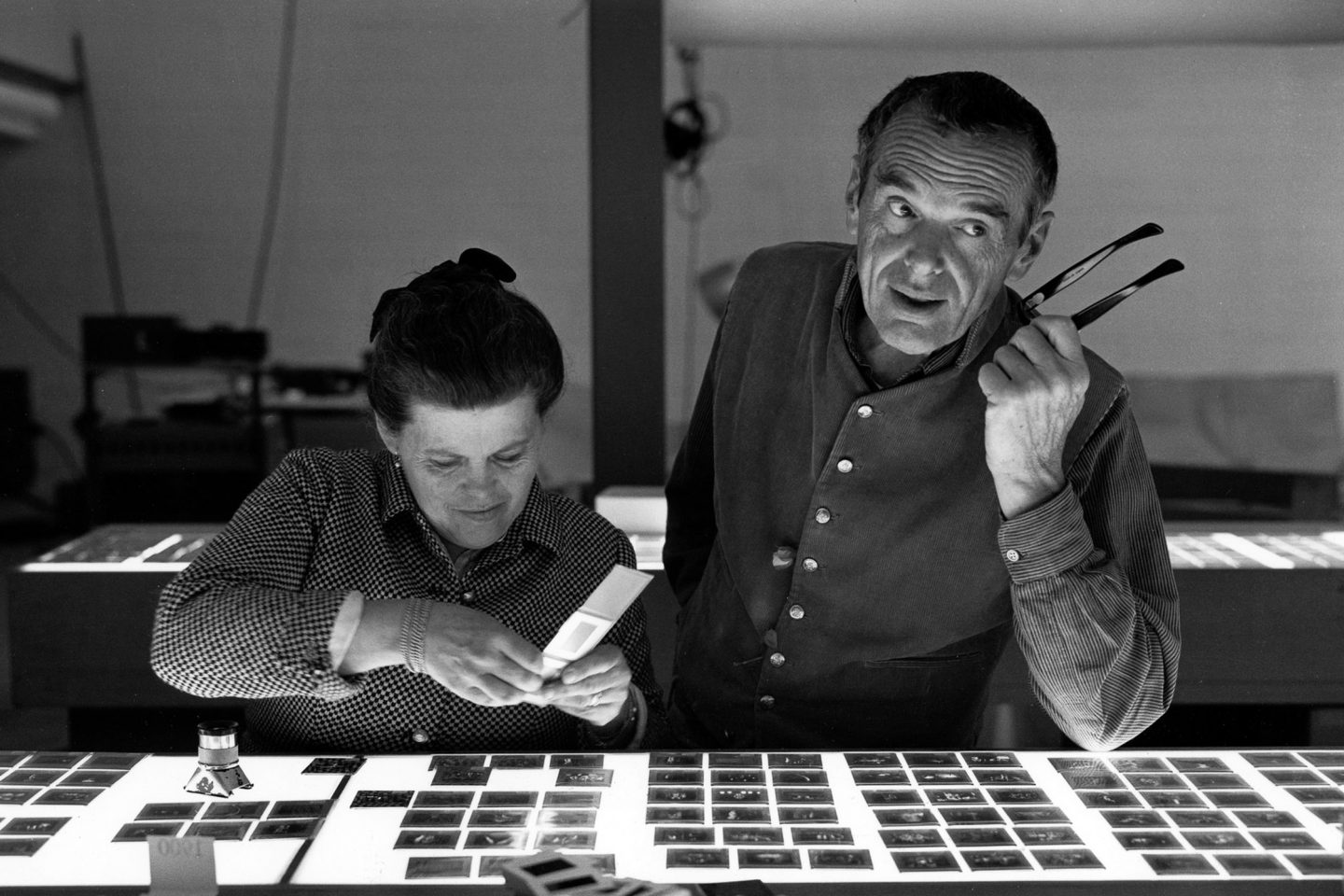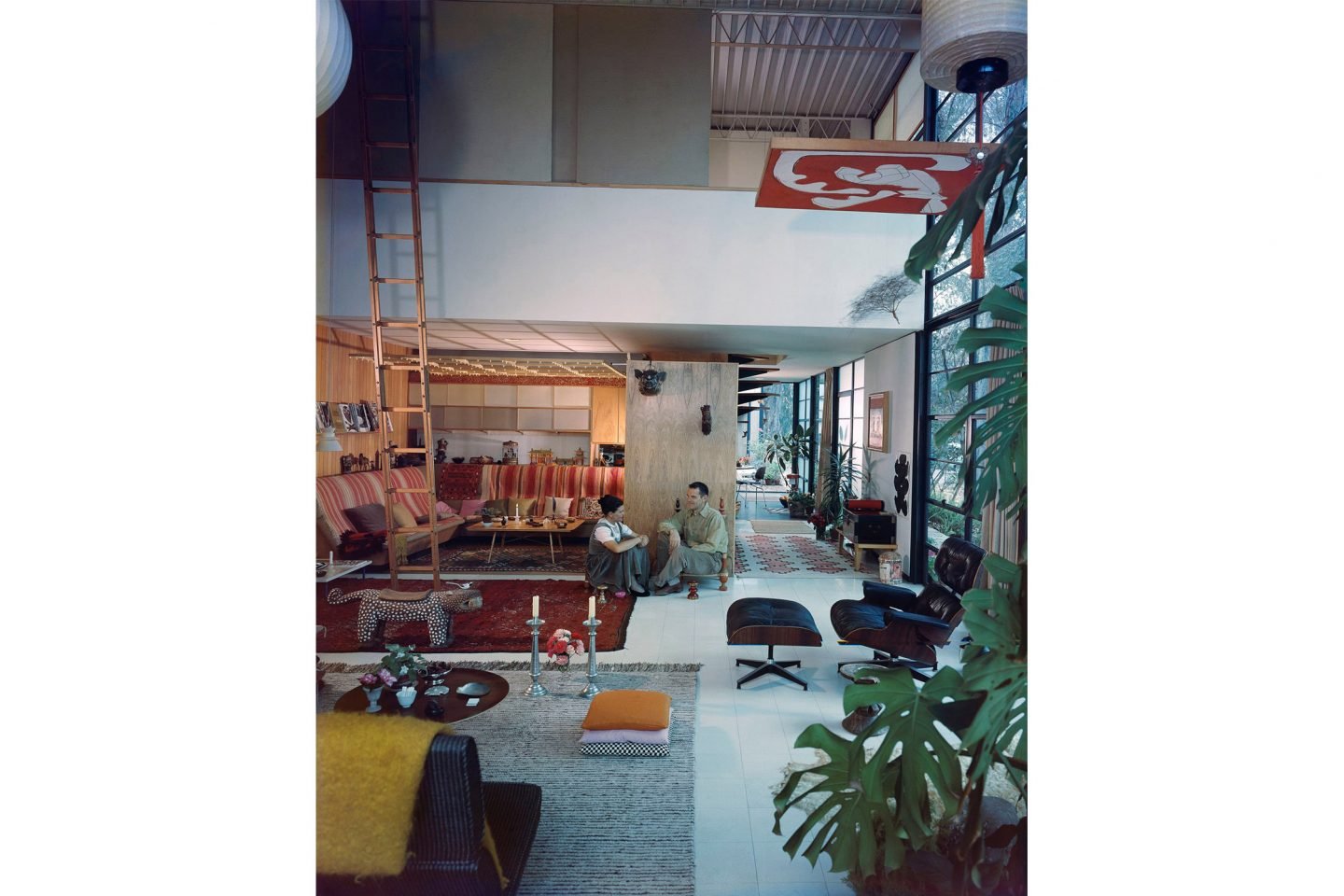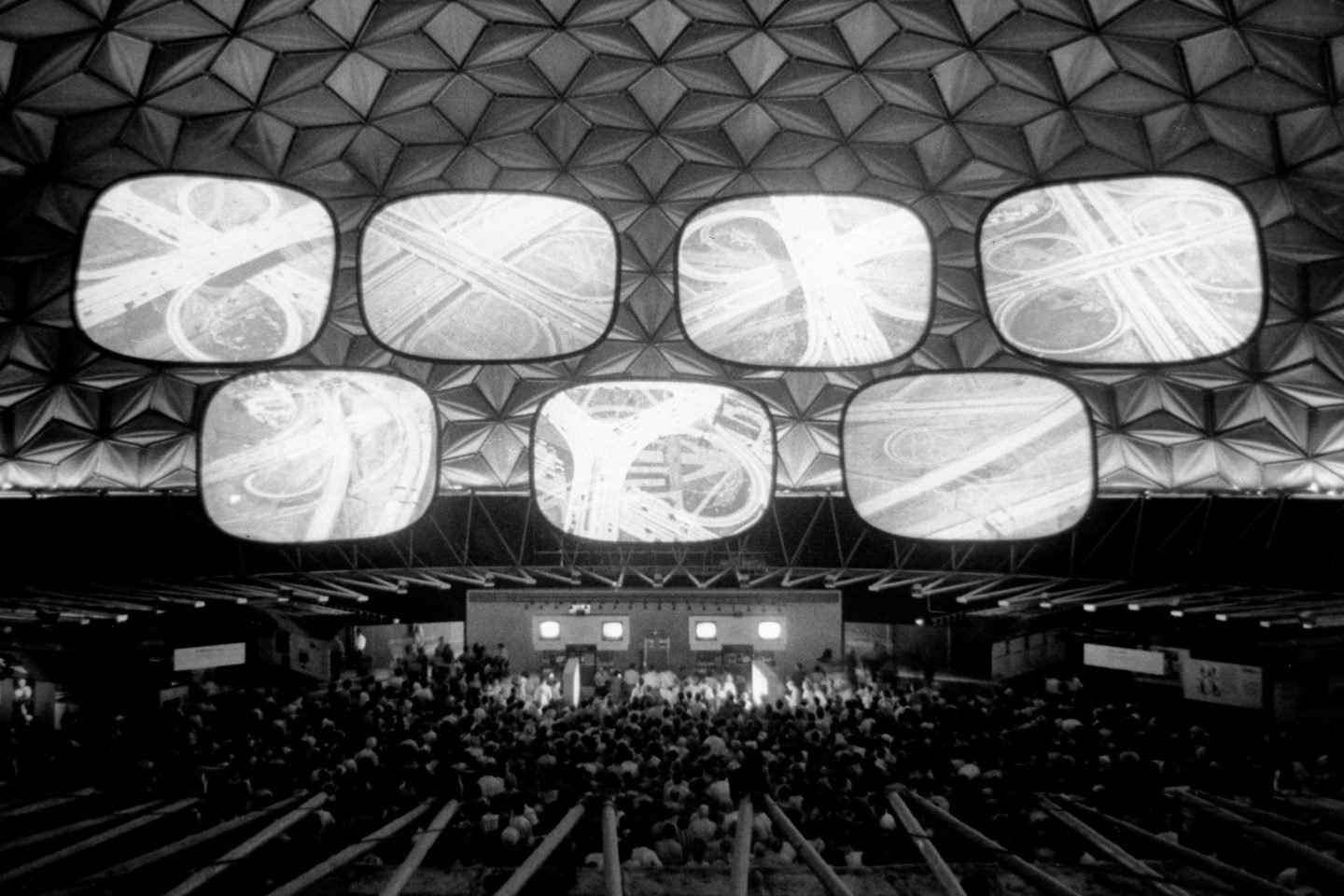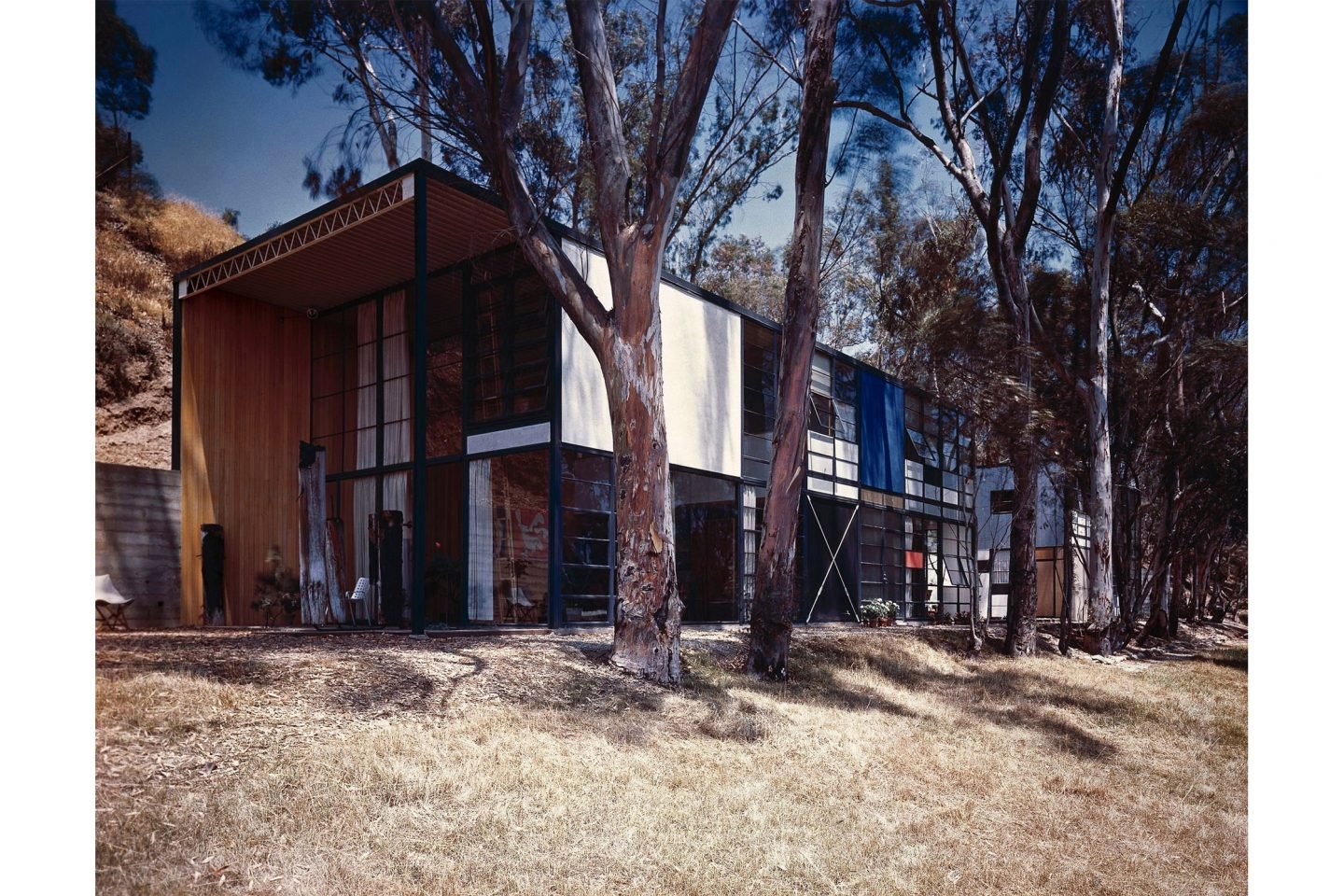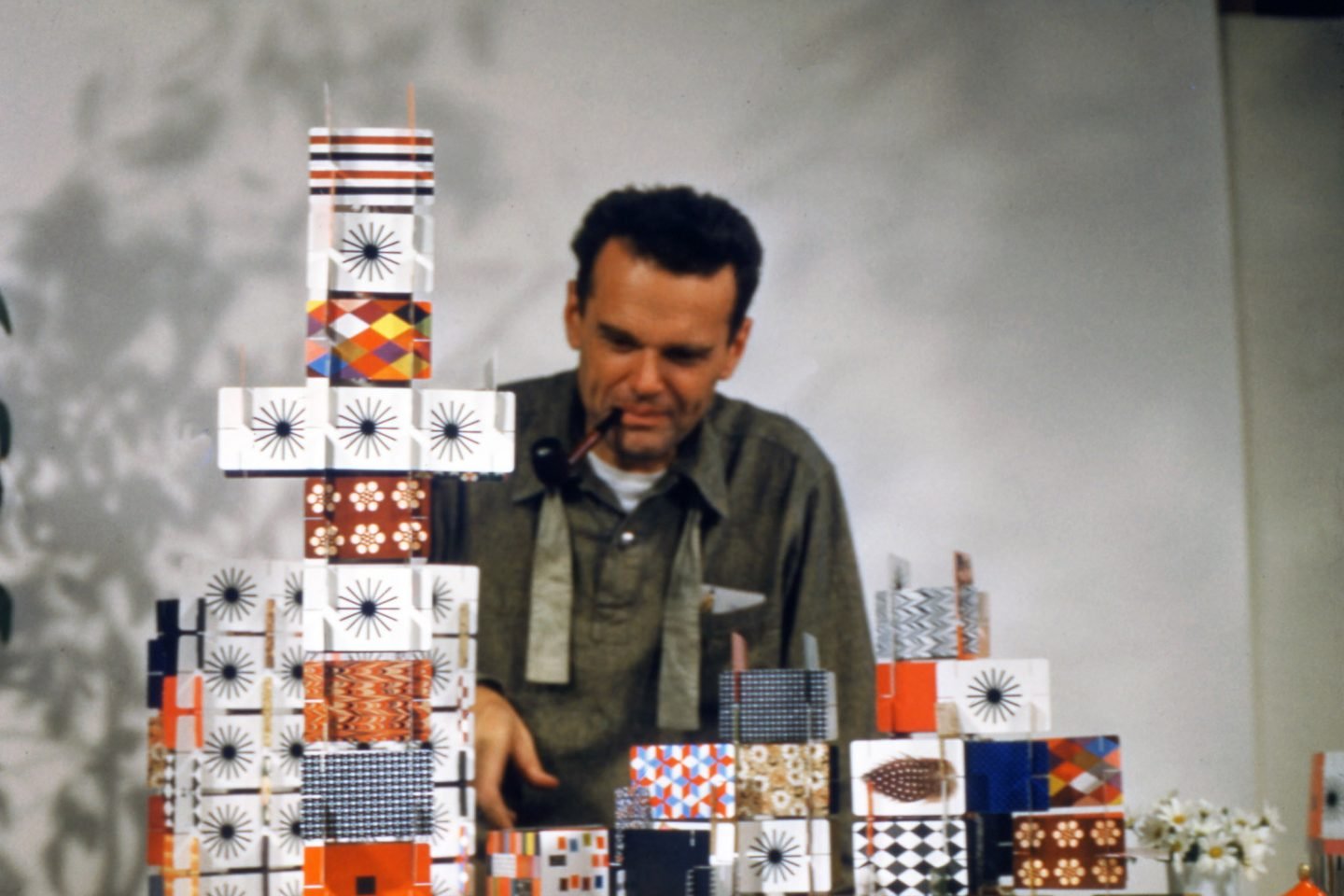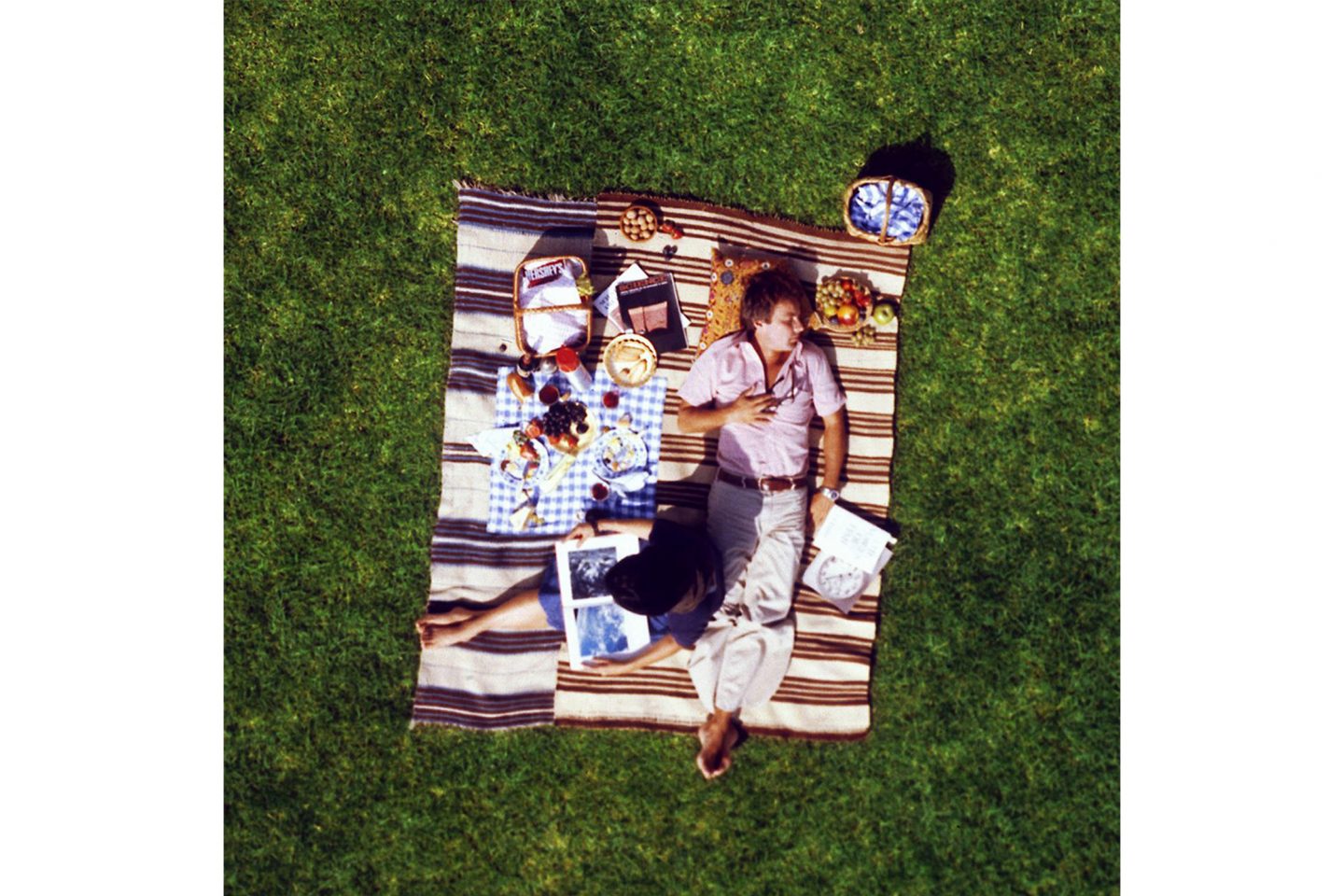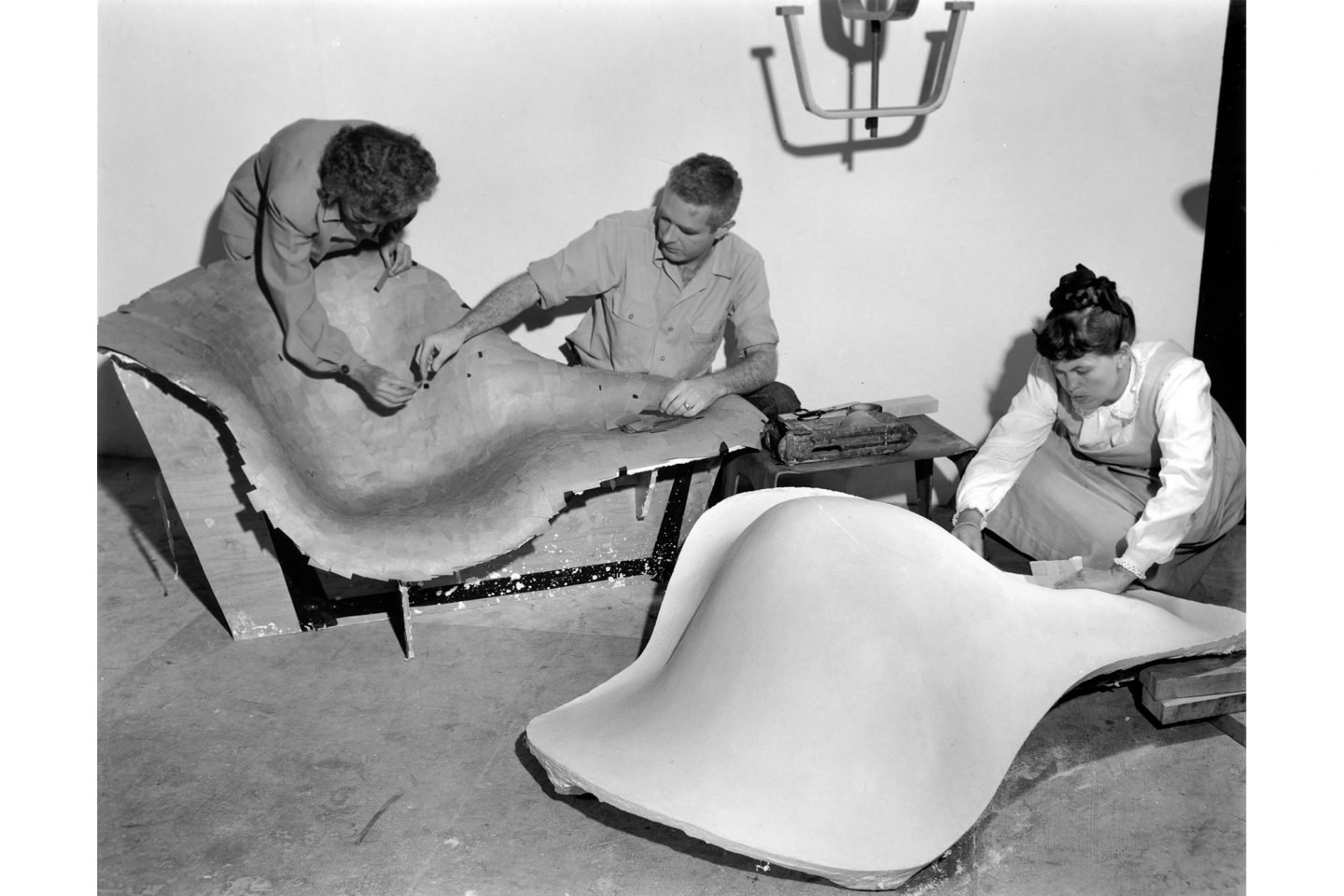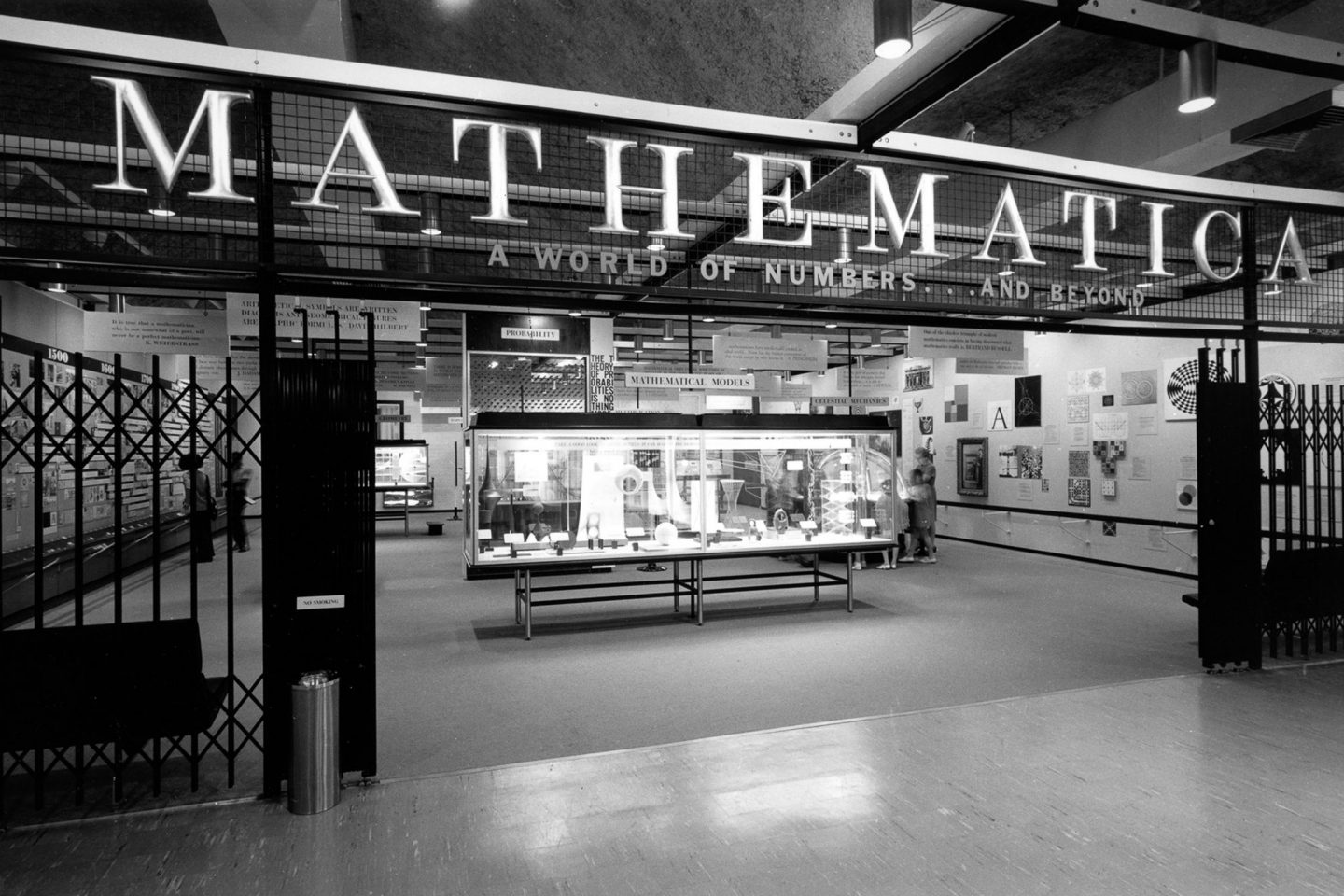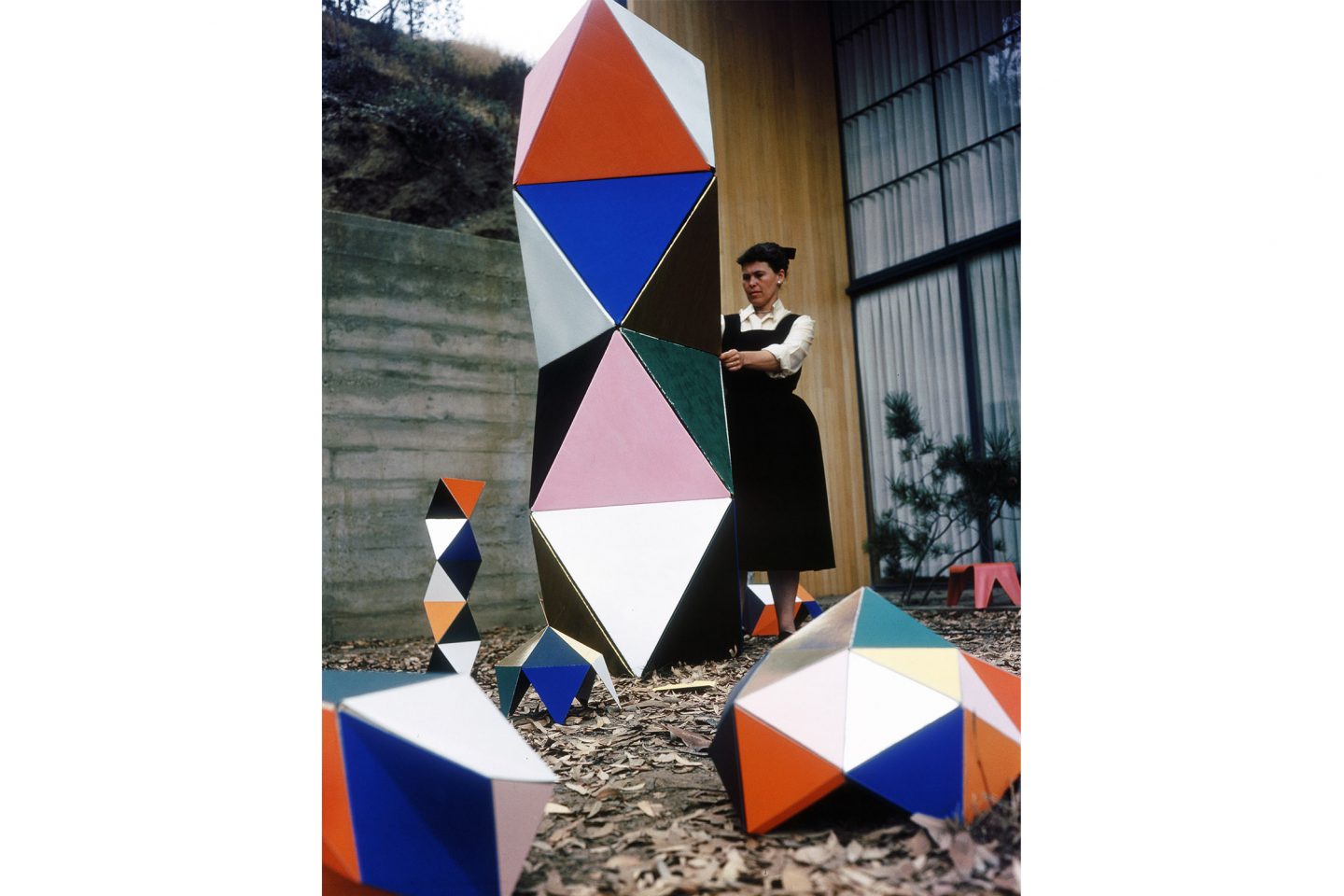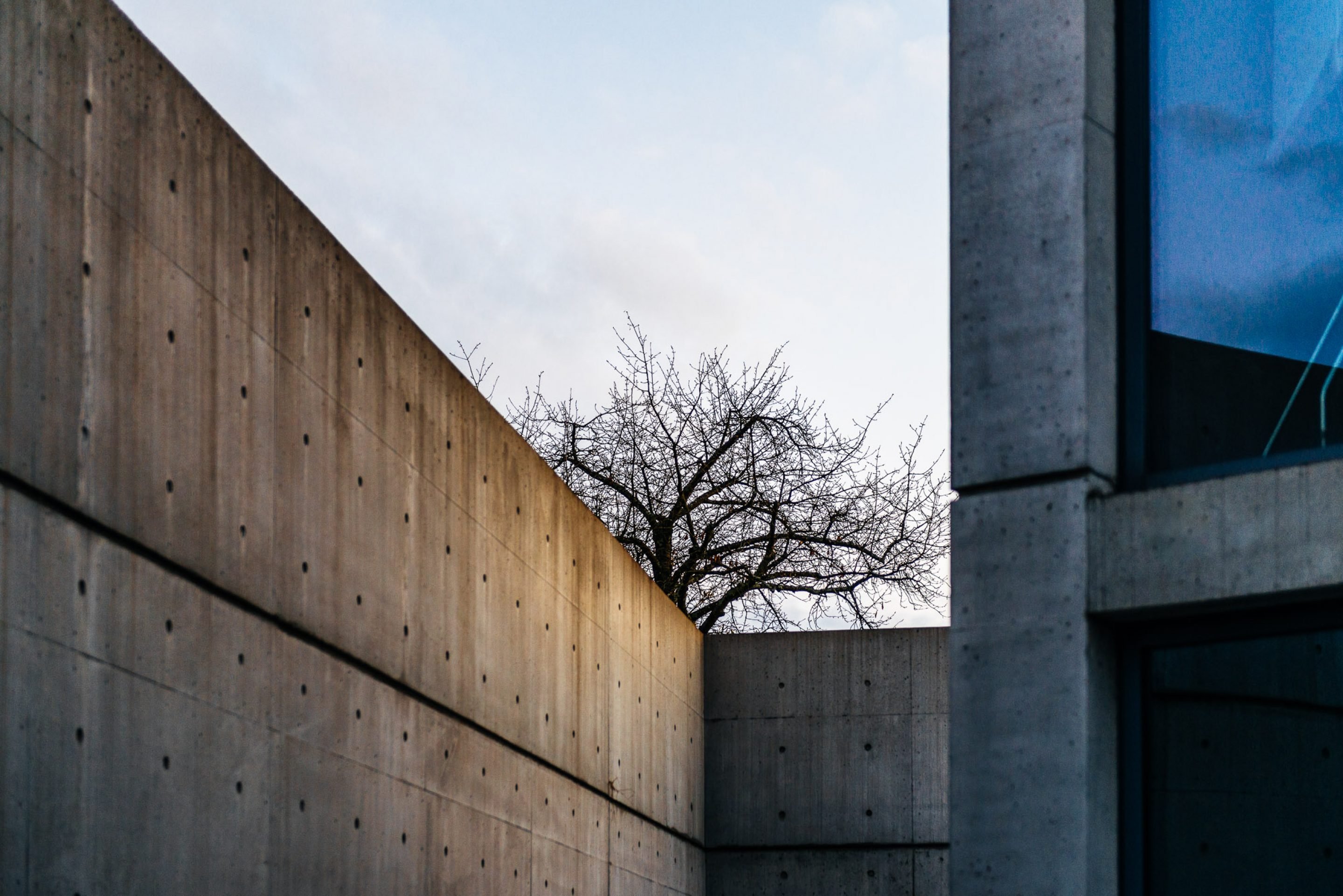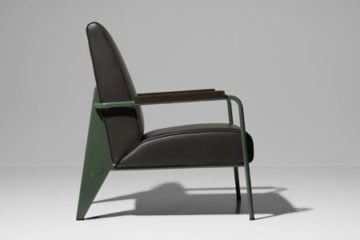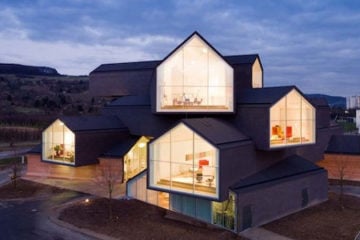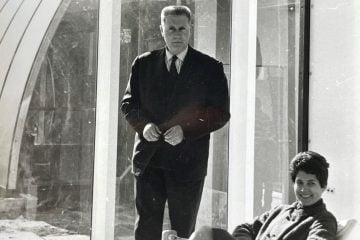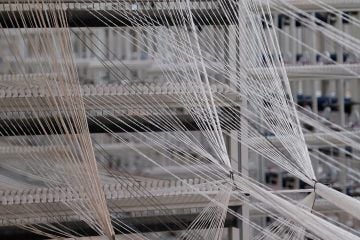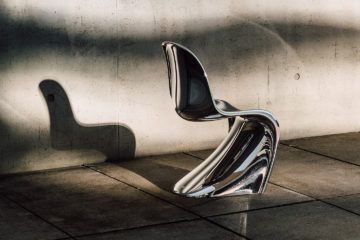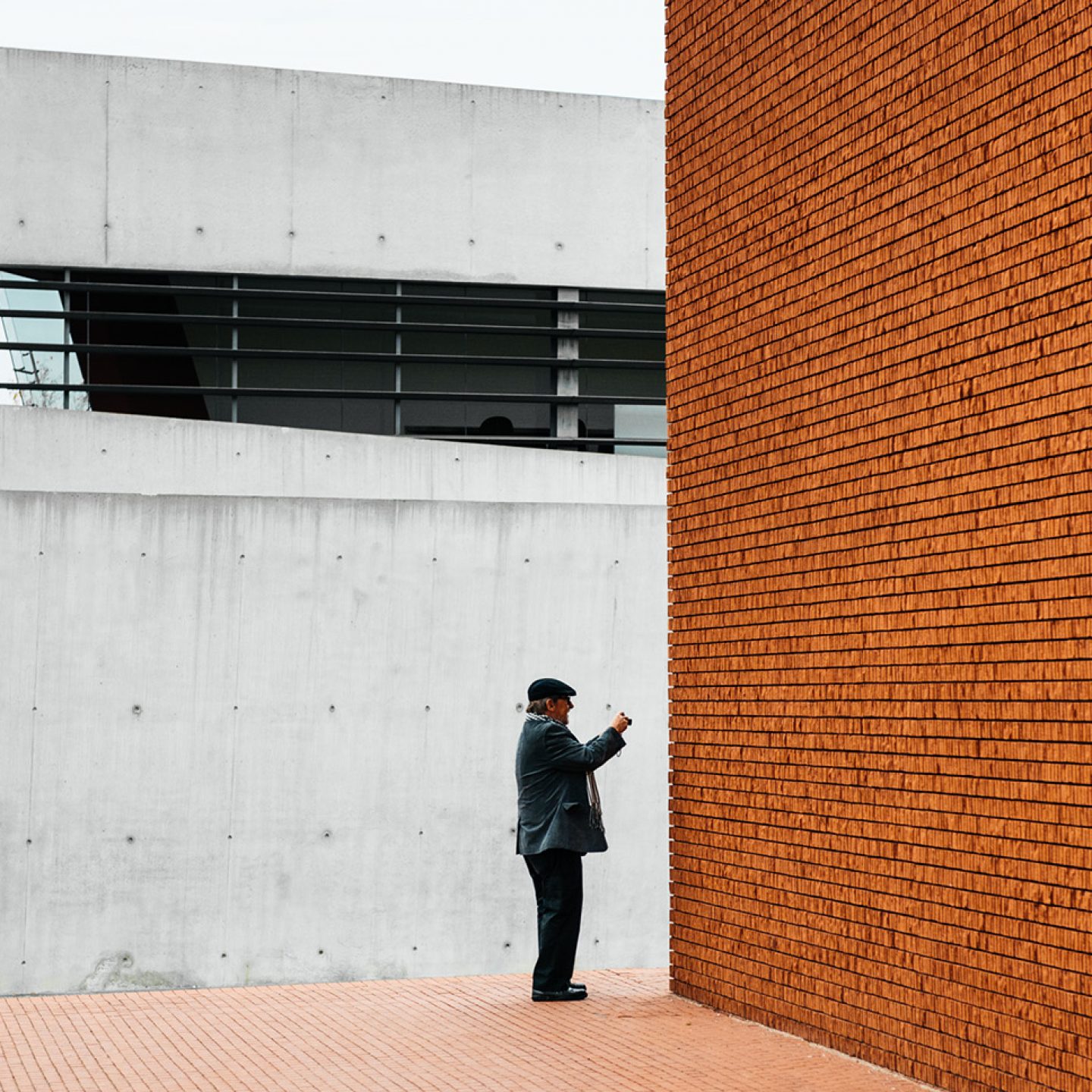
More Than A Chair: An Eames Retrospective At The Vitra Campus
- Name
- Jolanthe Kugler · Mateo Kries · Rolf Fehlbaum · Vitra Design Museum
- Images
- Daniel Müller
- Words
- Rosie Flanagan
What feels like only a hop, skip and jump from Basel is Weil am Rhein. A sleepy town in the south of Germany whose rolling hills are home to around 30,000 people and the Vitra Campus; a site where design, architecture, and history meet. We spoke with Vitra Design Museum’s director Mateo Kries, and curator Jolanthe Kugler, about the unique nature of the campus and Charles and Ray Eames — who, as it turns out, are far more than just the designers of your favorite chair.
Following the Barbican’s retrospective on the American modernist couple earlier this year, the Vitra Design Museum has launched the most comprehensive exhibition of the Eameses date. ‘An Eames Celebration’ comprises of four parallel shows across the Vitra Campus. Of course, the Eameses’ famed furniture appears in the exhibition, but the spotlight is on their lesser known work as filmmakers, design theorists, and information designers — a curatorial direction that feels timely given today’s movement towards more fluid conceptions of design. Extending upon the show from the Barbican, ‘An Eames Celebration’ returns the couple’s work to the Vitra Campus, the place that began Europe’s love affair with them nearly seventy years ago.
For fans of contemporary architecture and design alike — the Campus is something to behold. When a fire tore through the Vitra manufacturing site in the 1980s, the company saw opportunity instead of tragedy and launched the idea of a space that represented their design values architecturally. The grounds of the Vitra Campus today include a Claes Oldenburg sculpture, Zaha Hadid’s first ever building, deconstructivist magic from Frank Gehry, and structures by Nicholas Grimshaw, Tadao Ando, Álvaro Siza, Herzog & de Meuron and SANAA to boot. These buildings house Vitra’s factories and offices, along with their flagship store, the world’s first design museum, a restaurant, a cafe and more.
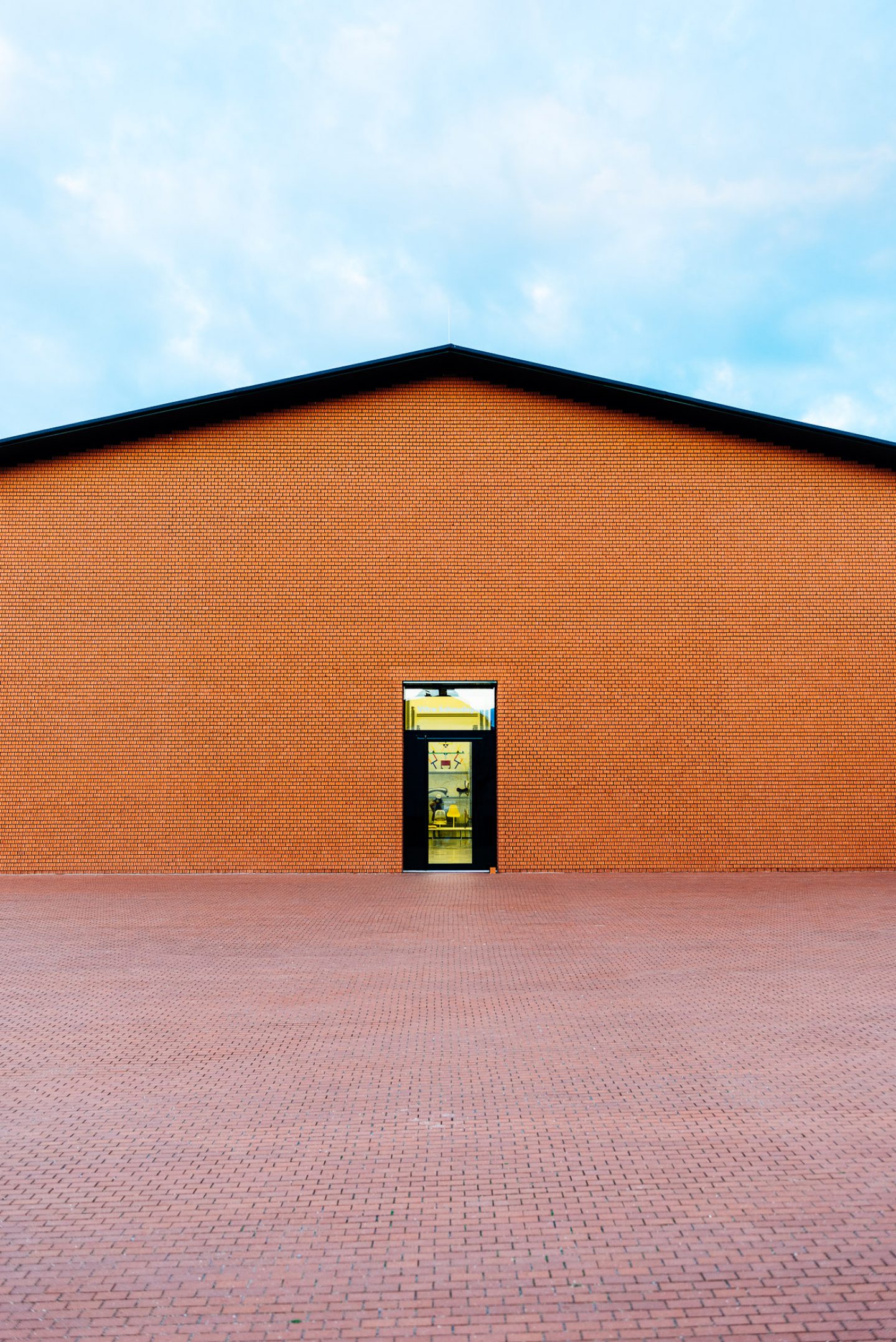
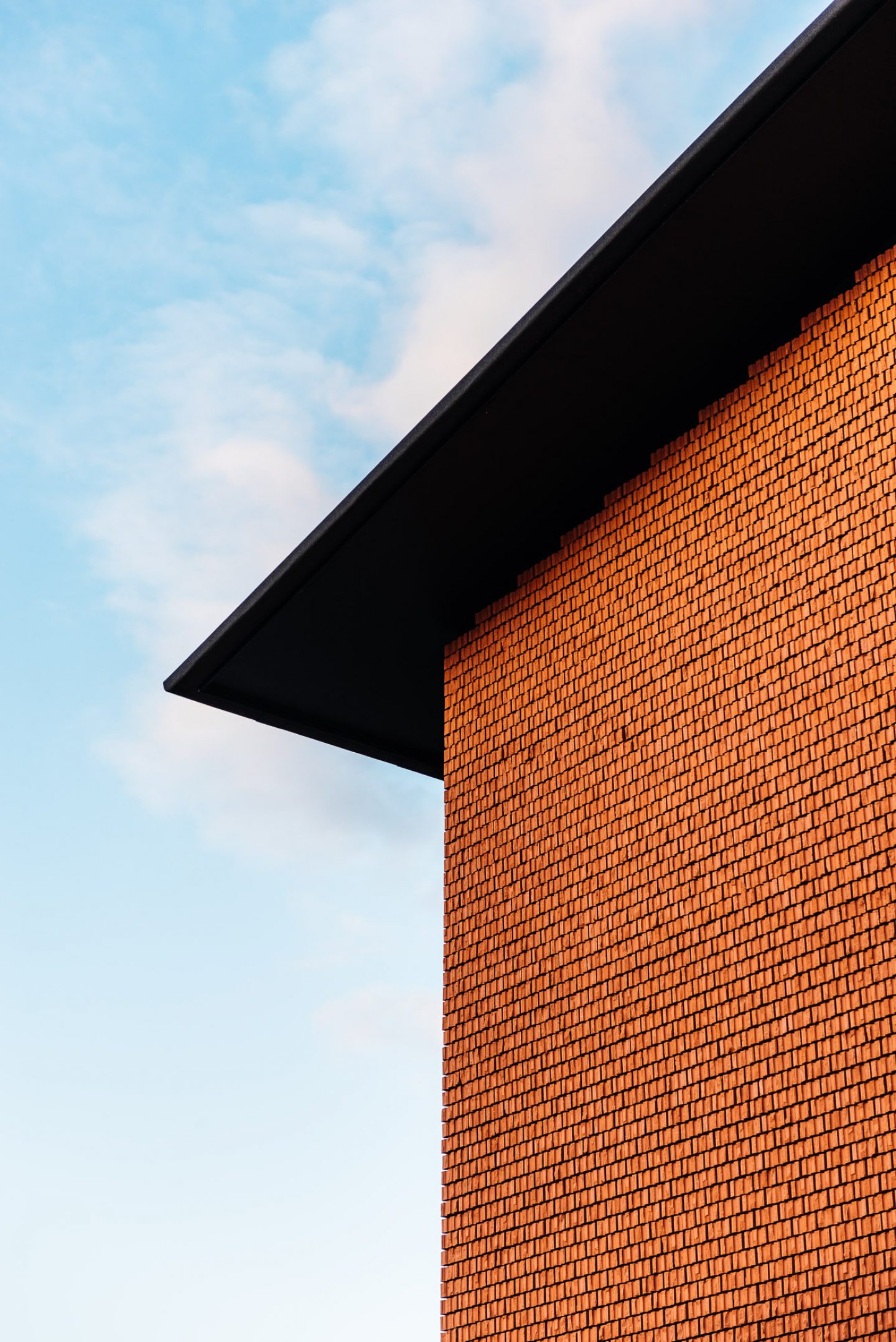
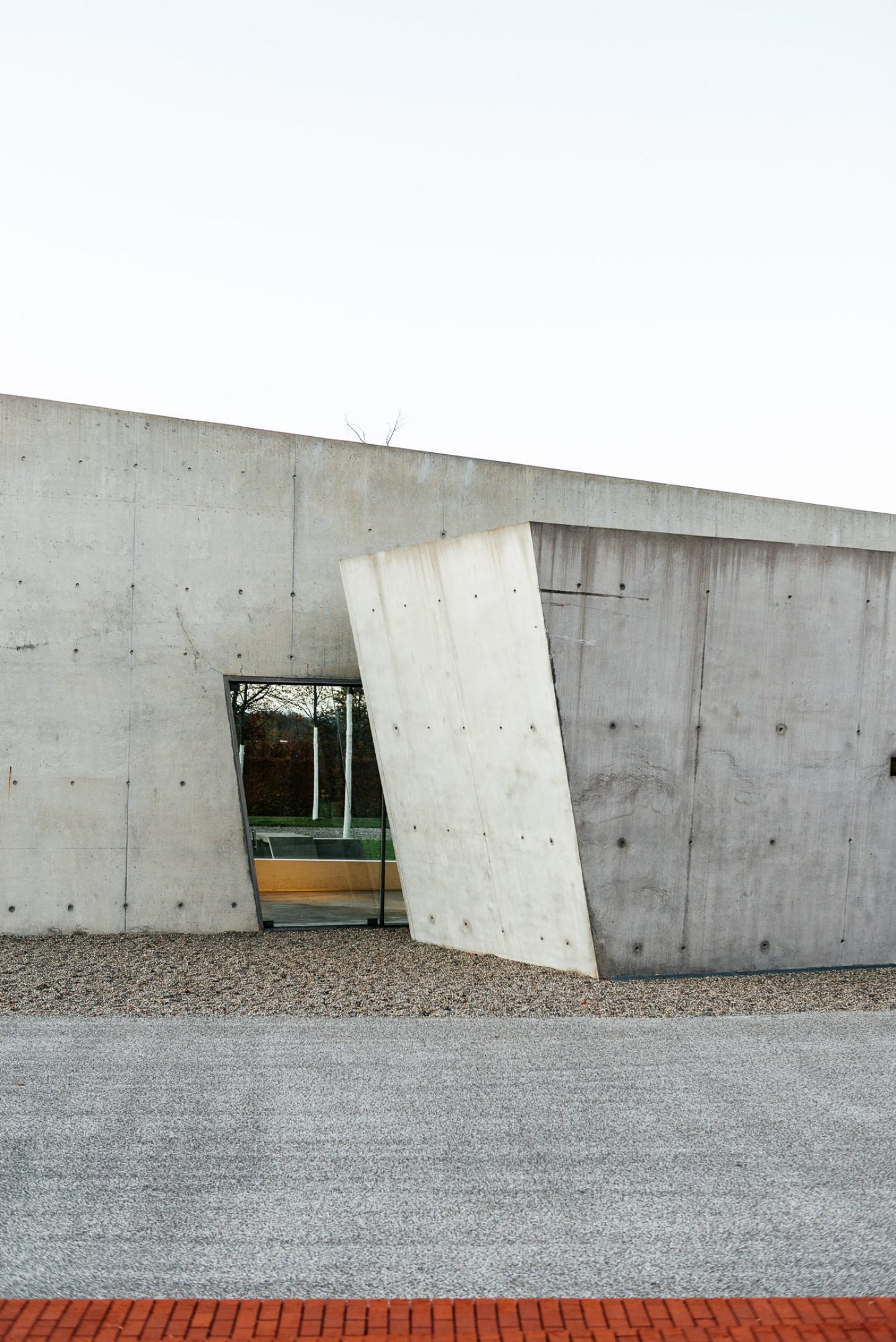
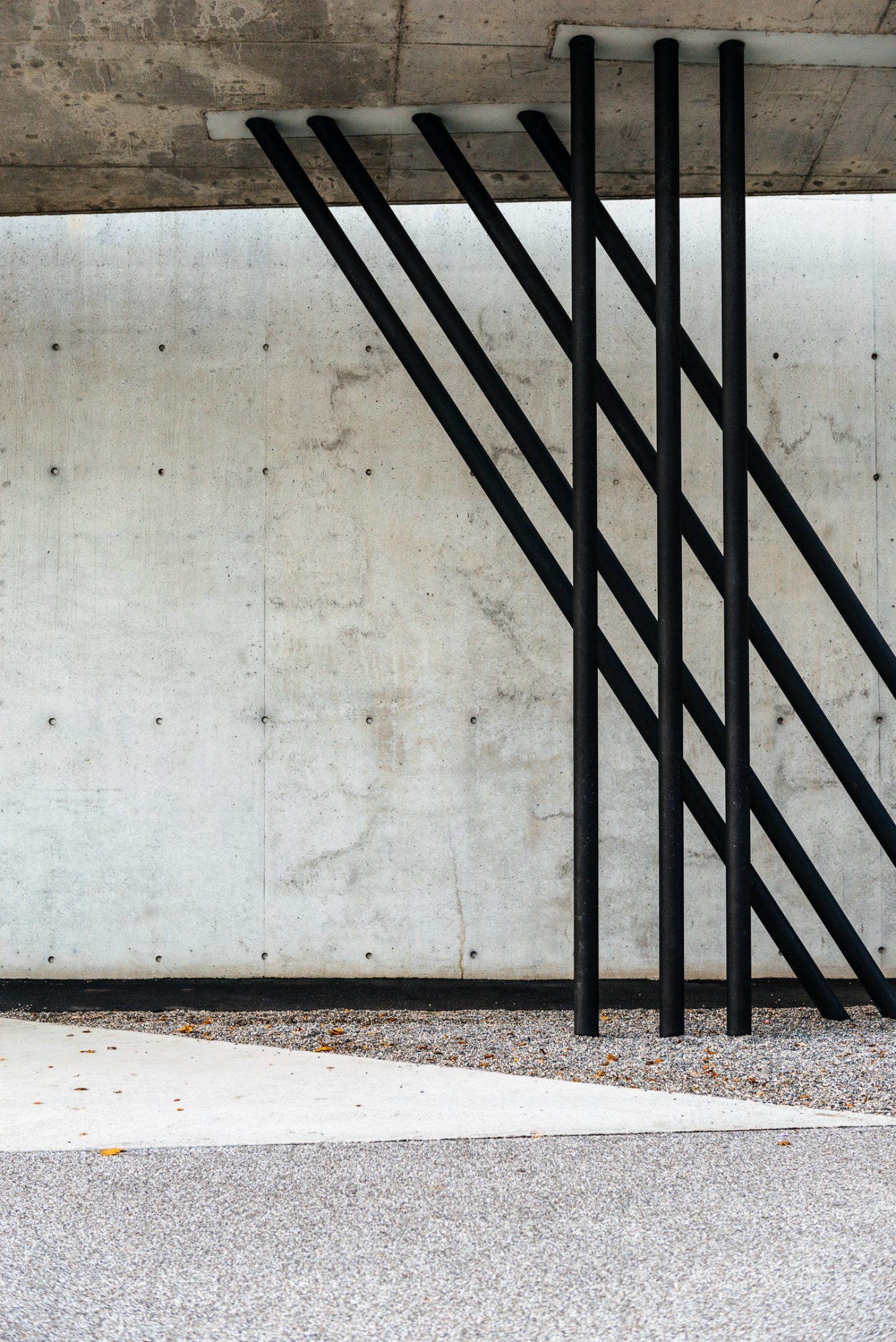
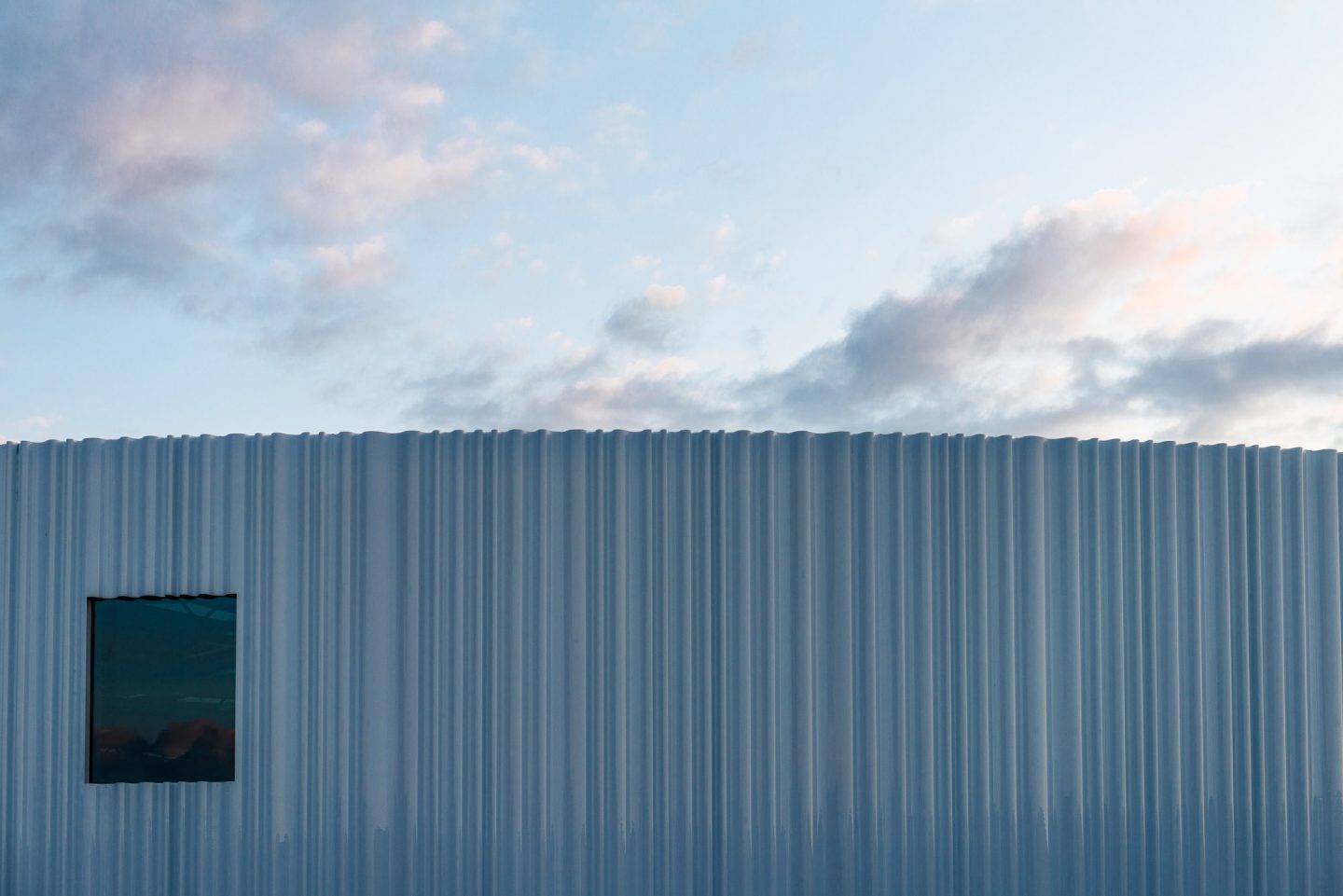
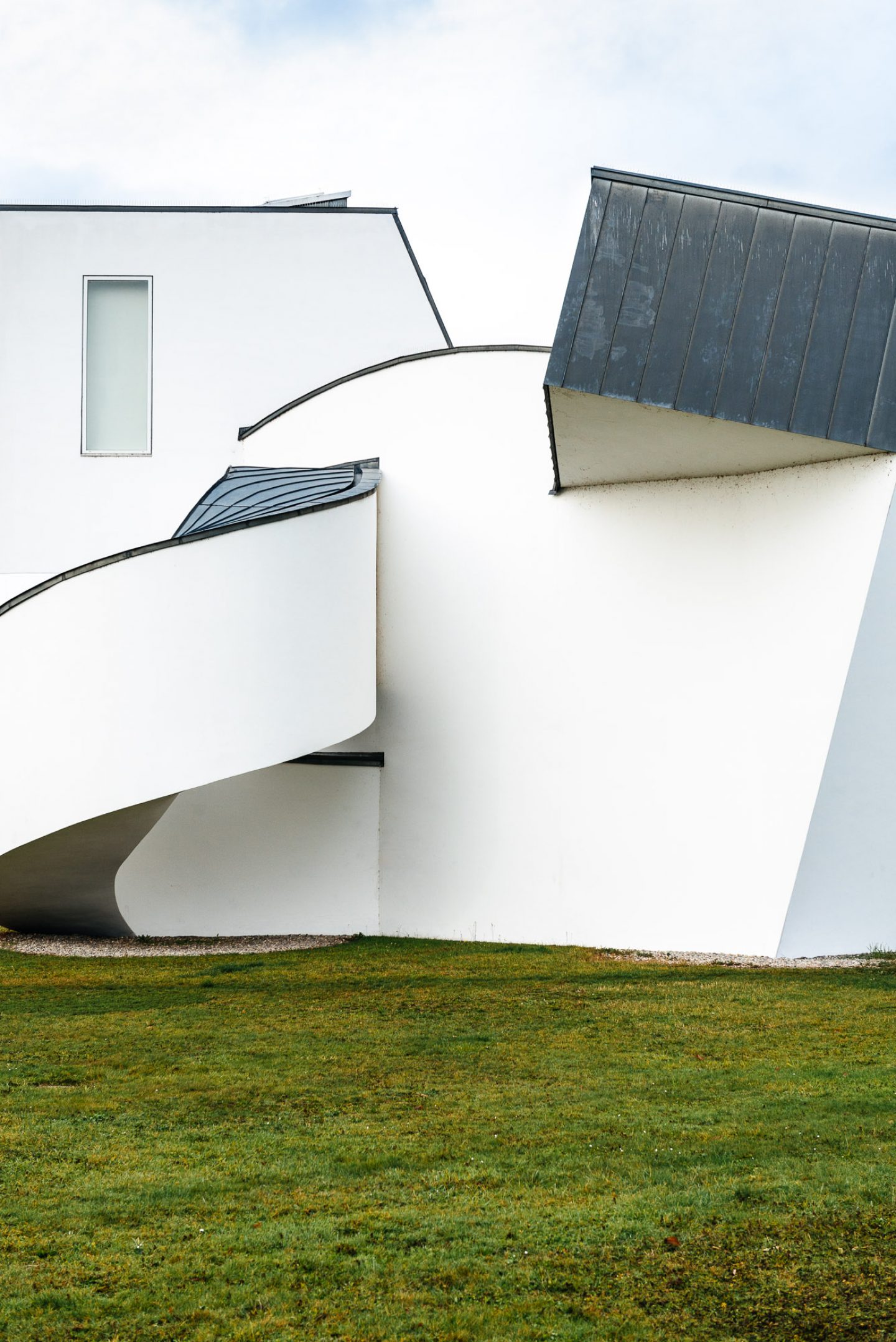
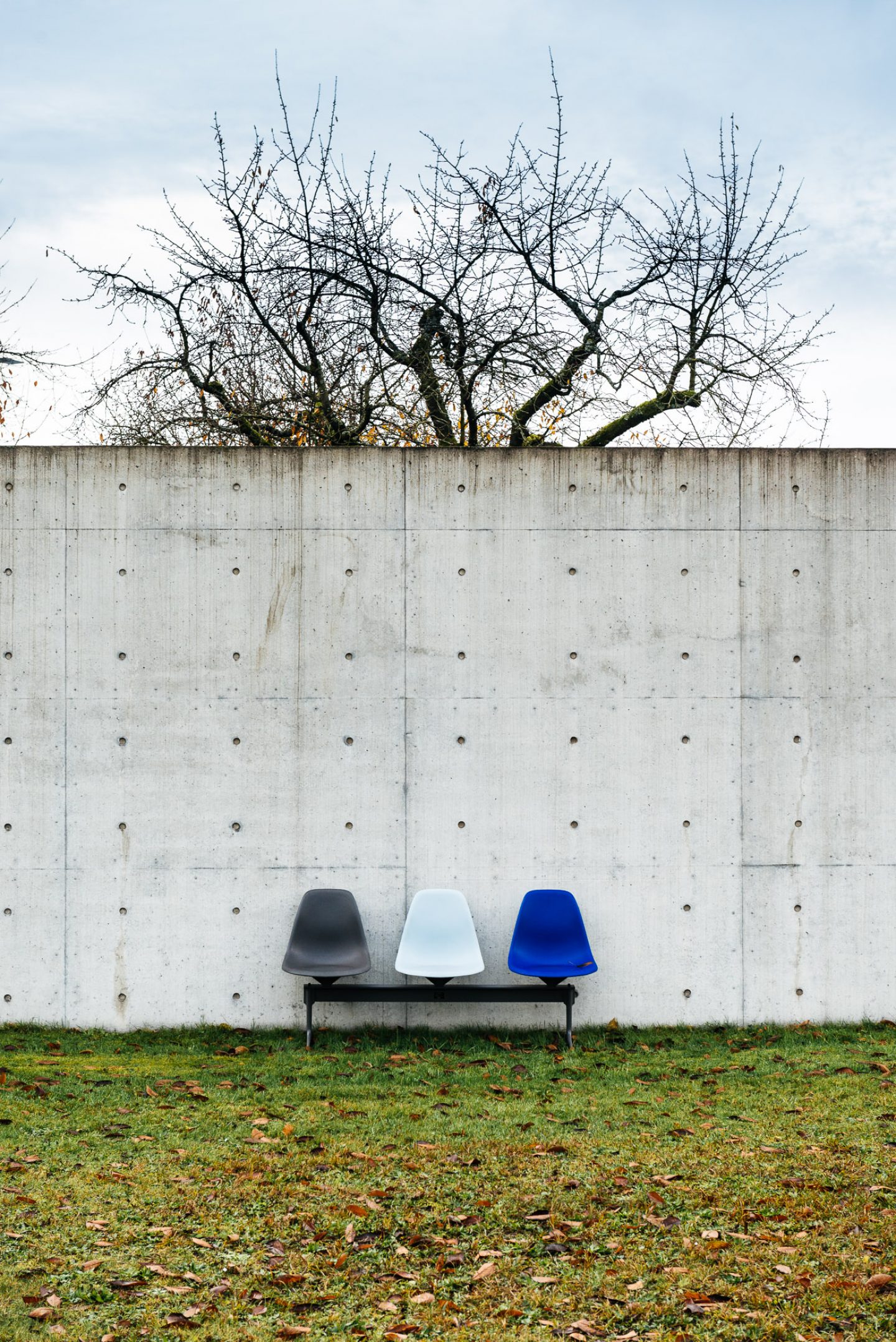
Vitra has been producing Eames furniture here since the 1950s, which makes the museum on their Campus the perfect place for such a comprehensive exhibition. In an unusual step, ‘An Eames Celebration’ is showing across multiple locations; Zaha Hadid’s Fire Station, Frank Gehry’s Design Museum and Gallery, and the recently built Schaudepot by Herzog & de Meuron. “With the Eameses,” Mateo explains, “this was definitely a strategic decision. We could have shown it only in the museum — because when the exhibition was at the Barbican, that was what they did… But we wanted to show that when the Eameses come here, it’s something more than it is in other places. There is a big part of their heritage here, so we felt the desire to give it more weight.”
“In the mid 1950s they [Vitra] had started to design one or two chairs in translucent plastics with a seating shell and so on, so you feel that this plastic furniture was in the air. Of course, theirs was far from being as perfect as the Eameses’ furniture, so you can imagine that this discovery of the chair really changed everything.”
Founded in 1950 by Erika and Willi Fehlbaum, Vitra initially specialized in house fittings — until a taxi ride in America changed everything. Reportedly, Willi leapt from a New York cab when he spotted an Eames chair in a shop window. Soon after, Vitra acquired the rights to the production of this chair in Europe, and later to the distribution and production for all of Europe and the Middle East. Museum Director Mateo explains this fated meeting of minds; “In the mid 1950s they [Vitra] had started to design one or two chairs in translucent plastics with a seating shell and so on, so you feel that this plastic furniture was in the air. Of course, theirs was far from being as perfect as the Eameses’ furniture, so you can imagine that this discovery of the chair really changed everything.”
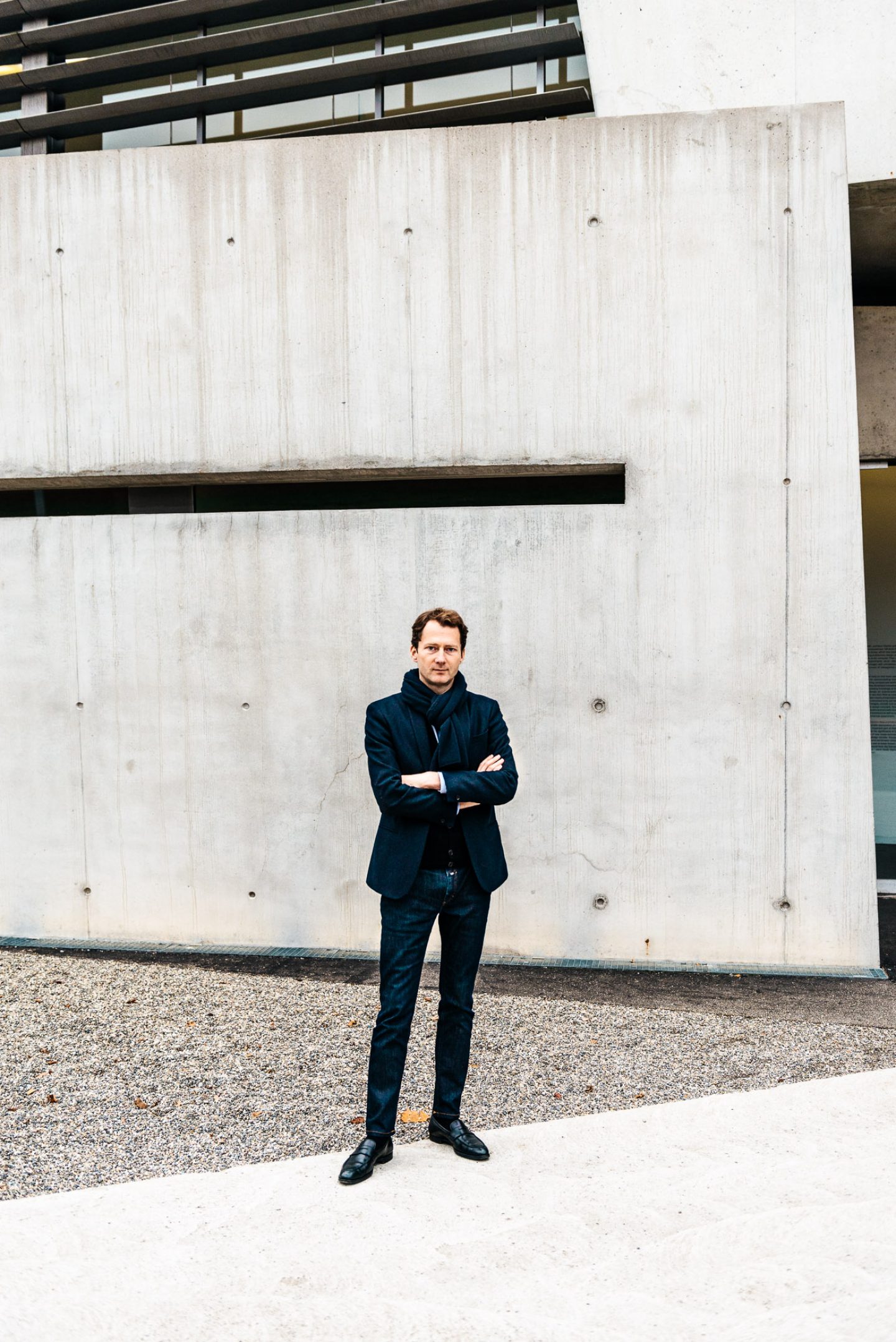
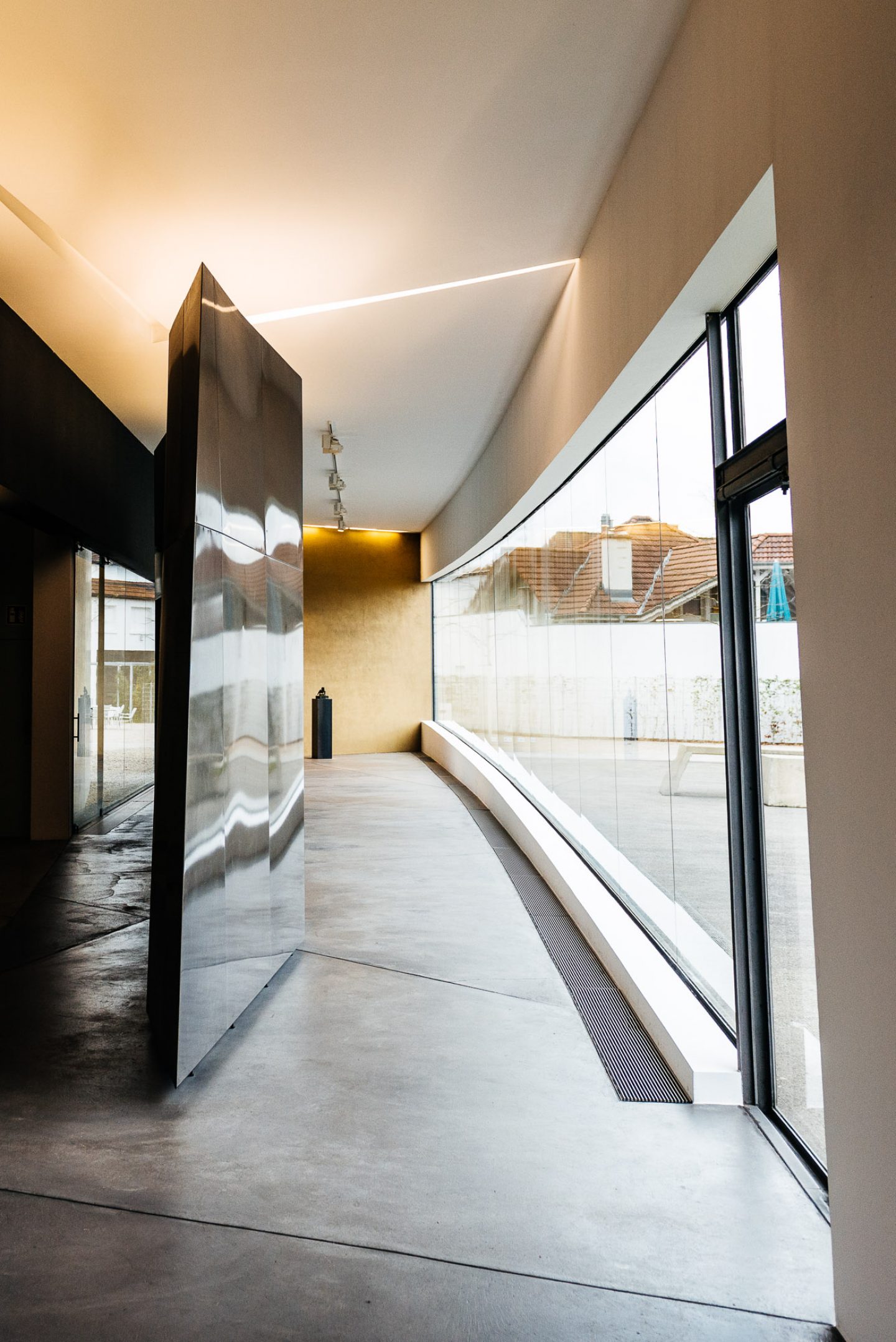
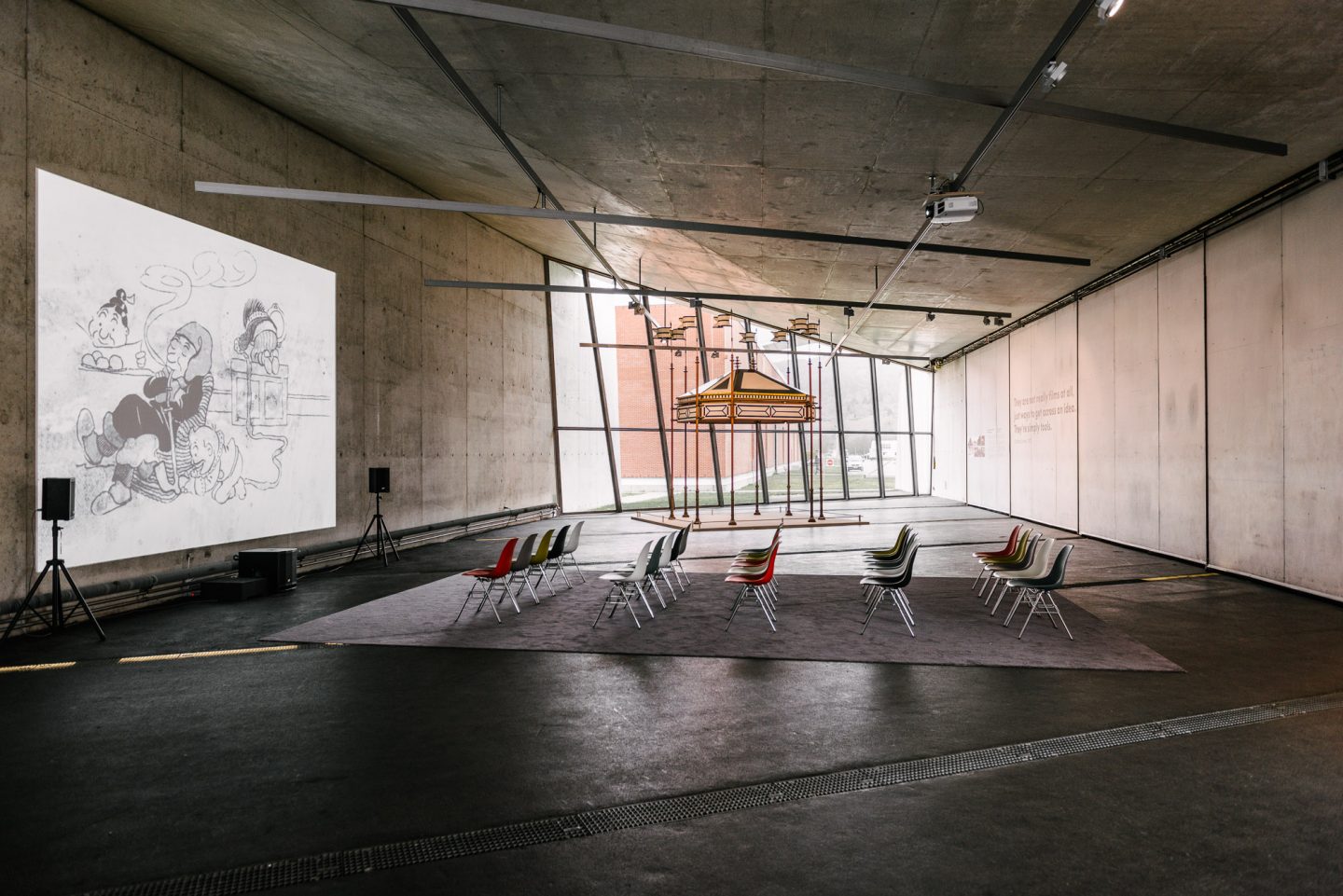
“I think they are not geniuses because they did so many things, but because they did these many things all with the same approach, and ultimately, with the same quality. That’s real genius.”
The prismatic retrospective charts the Eameses work processes and all areas of their design work. “It is one of the most vast bodies of work I have ever seen,” Jolanthe explains, “I think they are not geniuses because they did so many things, but because they did these many things all with the same approach, and ultimately, with the same quality. That’s real genius.” The creative breadth of their oeuvre is truly monumental. During their 37 year partnership they created with a kind of disciplined frenzy that saw all boundaries between work and life dissolve. Drawing inspiration from travels through Mexico, Japan, and India, Charles and Ray designed houses and children’s games, textiles and WWII military accessories, over 100 films and nearly 200 pieces of furniture — 15 of which are still in production today.
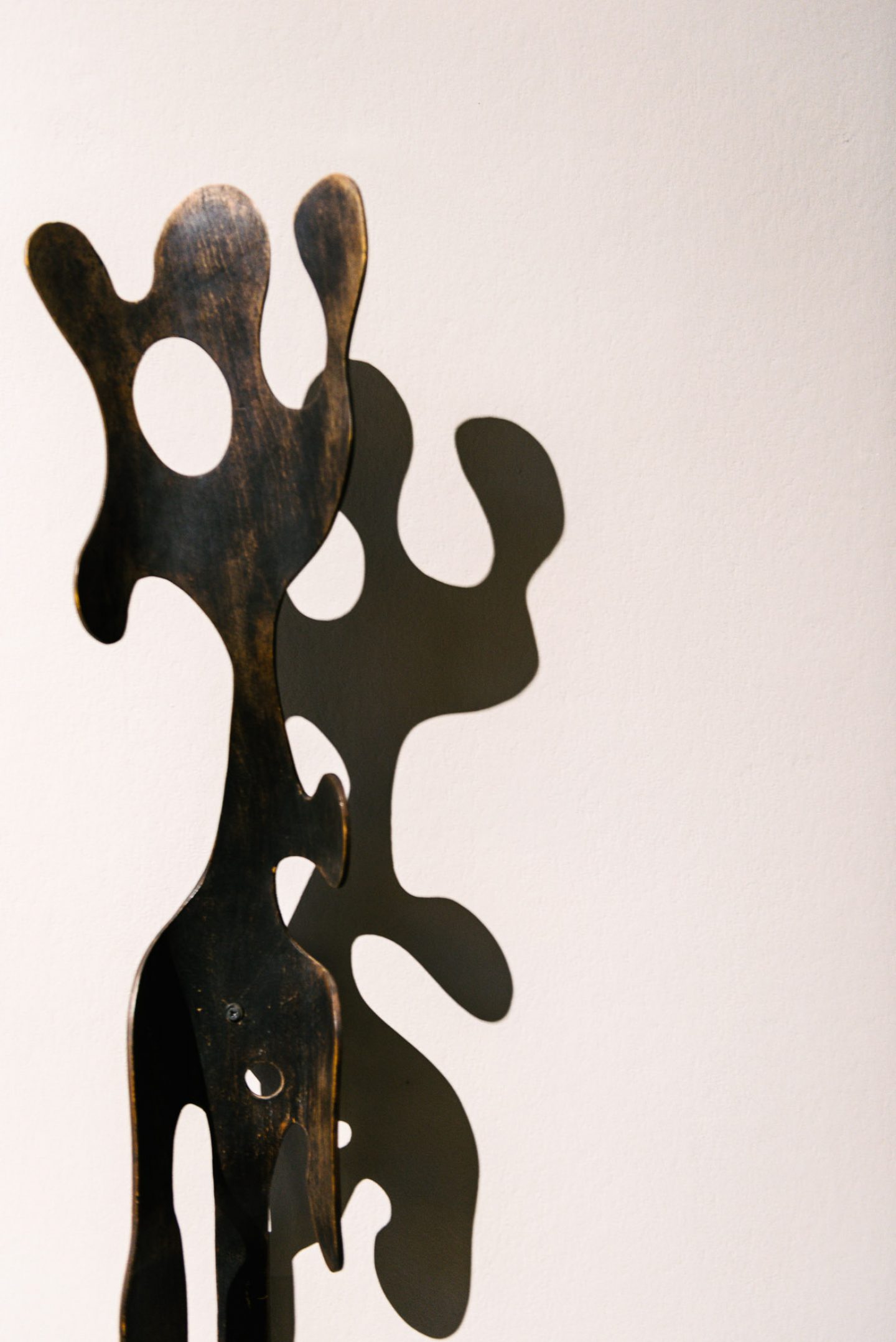
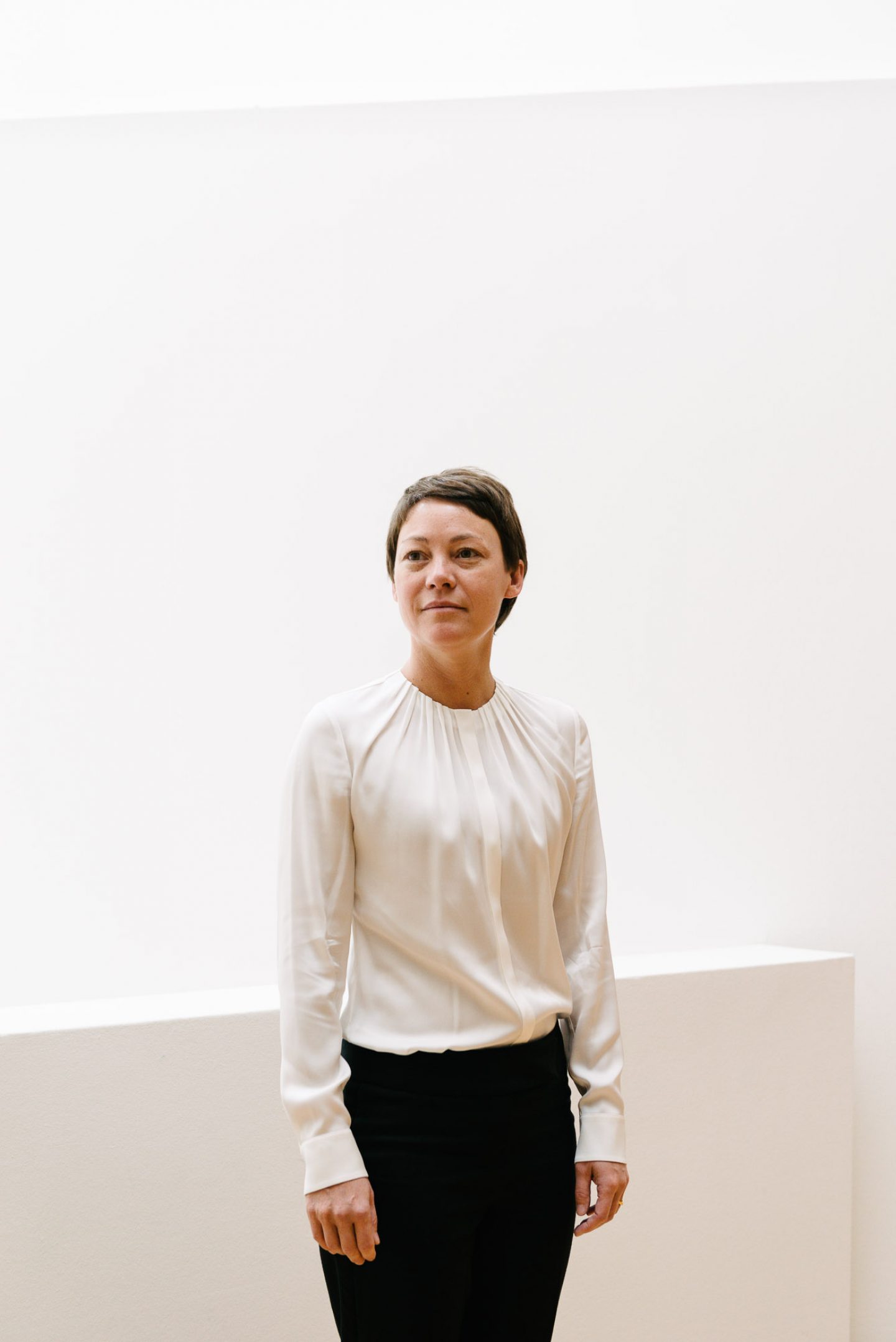
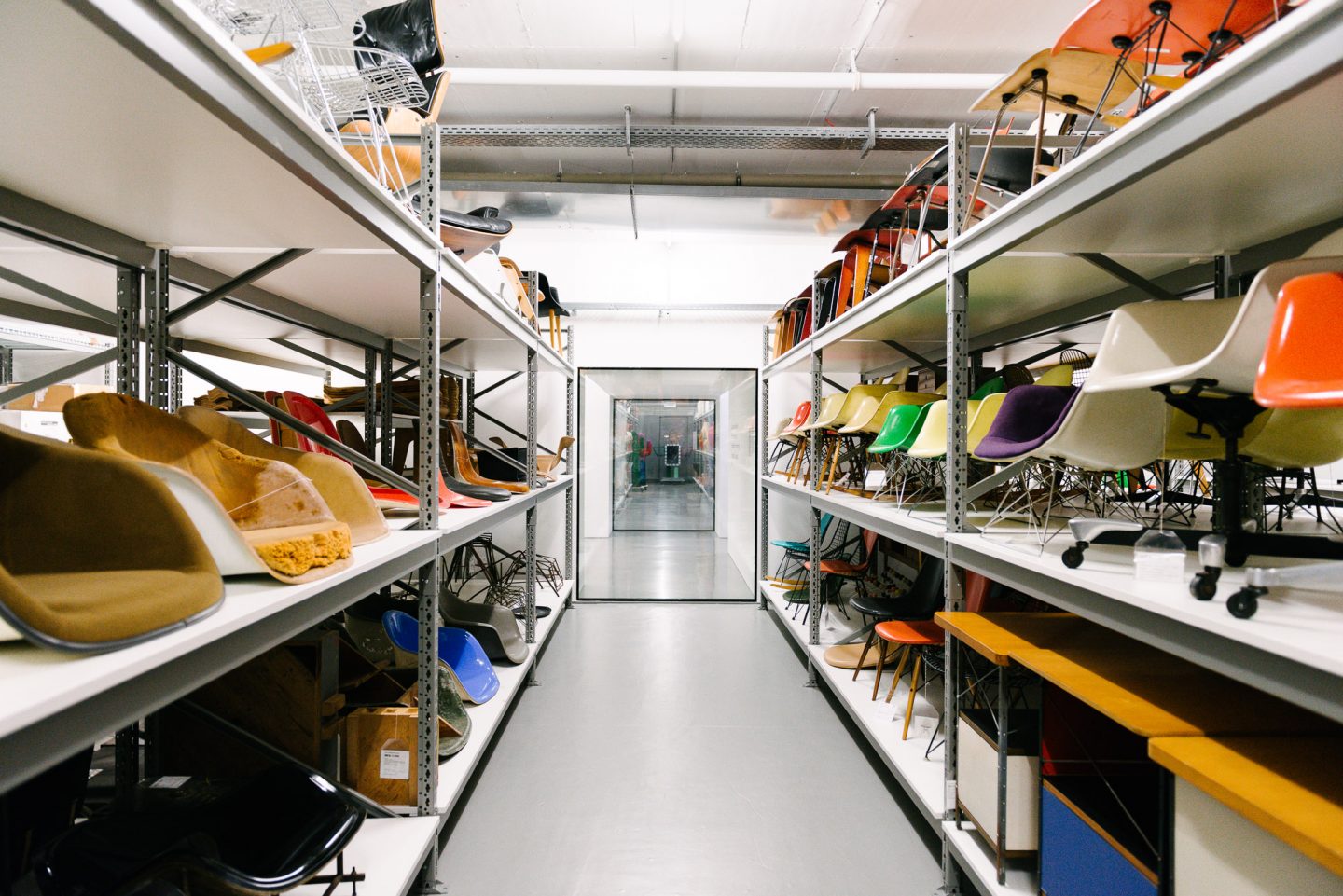
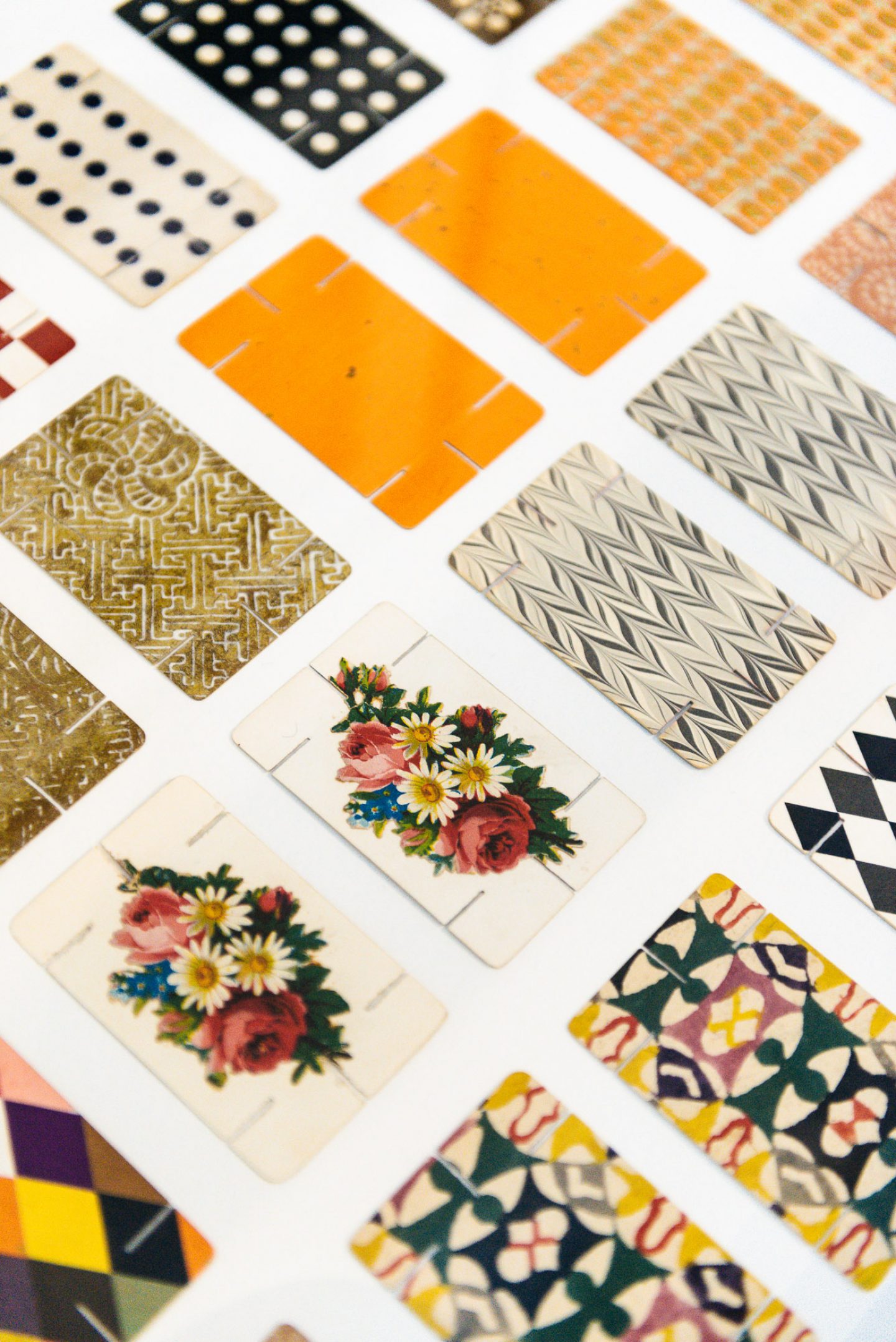
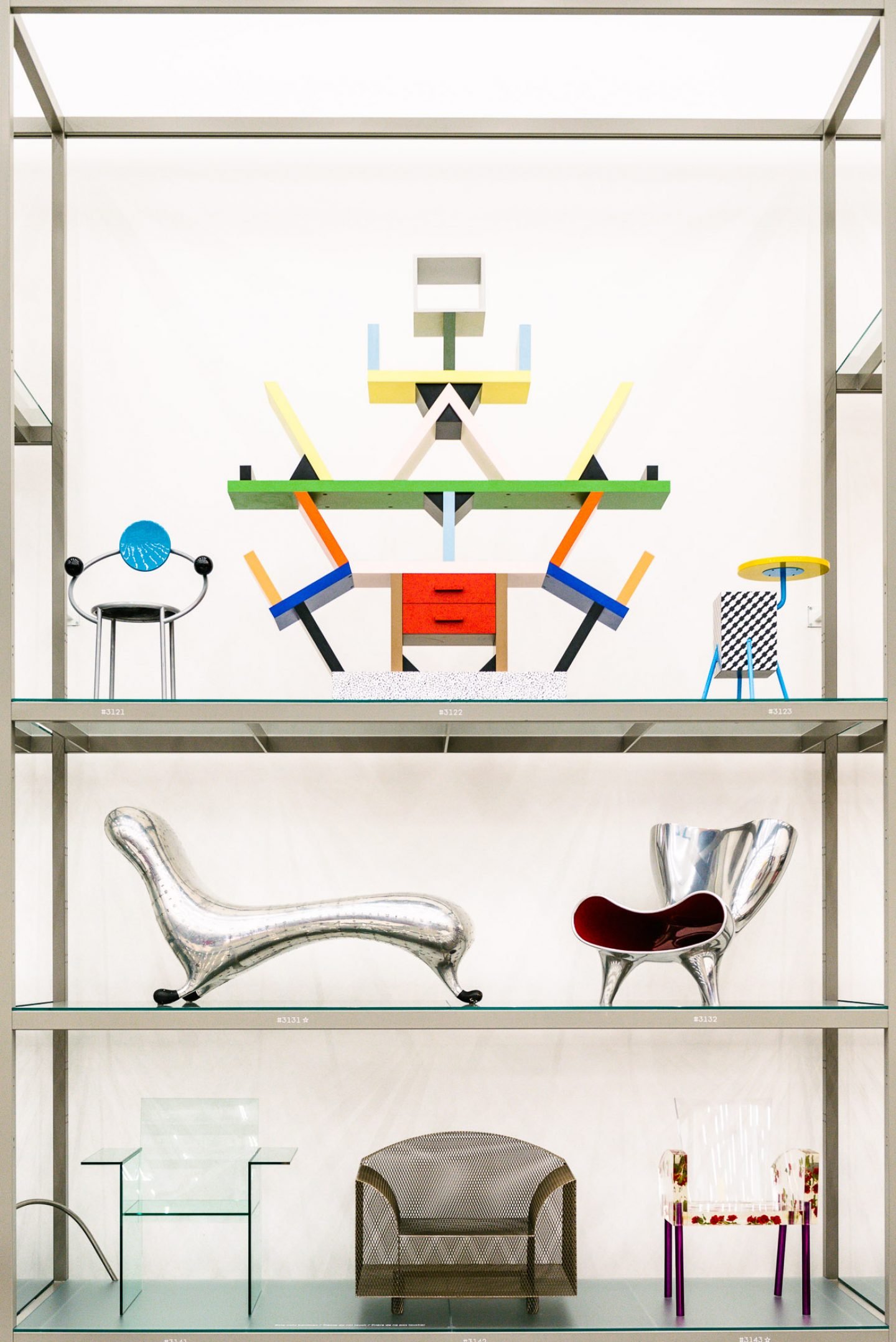
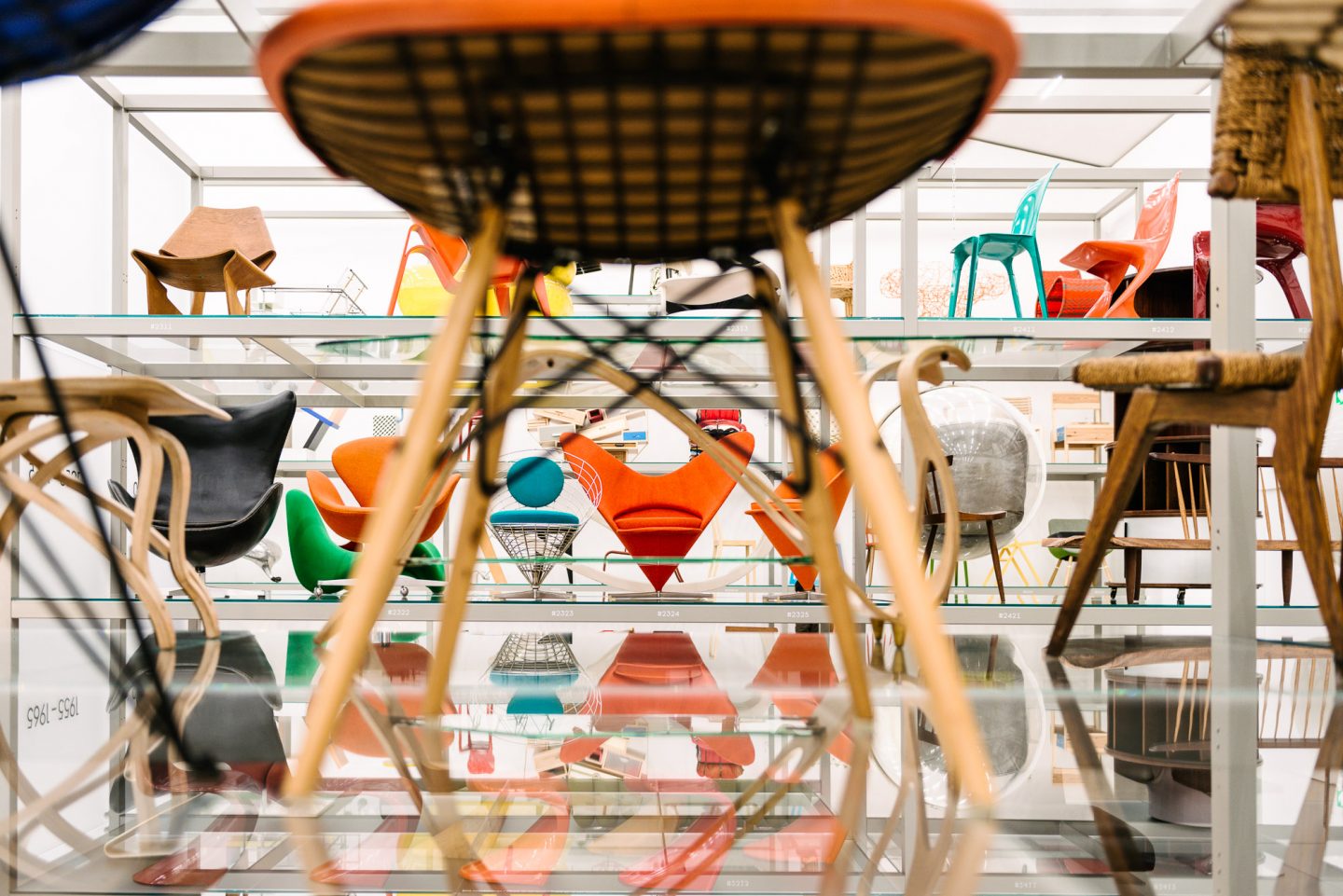
© 2017 Eames Office, LLC
Their conviction, always, was that design was more than just the creation of objects. “To Charles and Ray design was a way of thinking, a method of thinking. They designed to resolve problems… For them, any problem you have, design can solve — you just have to find the right tools to do it,” explains Jolanthe. Design thinking as problem-solving is considered a thoroughly modern invention, cast as the answer to the problems humanity will face in the future. “People today forget to study their history!” she continues, “but there is always something that you can learn from. The Eameses knew that they didn’t have to make the same errors, or invent everything from scratch. They always said that they used innovation to make something new only as a last resort.” As technology advanced, they updated their materials and production methods — constantly refining their designs. They also experimented with novel ways of displaying and publicizing their products, Ray created elaborate designs that further fueled the mythology that surrounded their brand. Their home in LA became their showroom and studio — rumor has it that before guests arrived Ray would correct Mother Nature’s arrangement of fallen leaves in her garden, and burn candles so that they would last for the exact duration of her guests stay.
Images slideshow © Eames Office LLC
This style of design they called functioning decoration, a kind of collage where designed pieces and real life met. “They were really the very beginning of it… their home was a museum of their experiences,” Jolanthe explains. The Vitra Campus, with its eclectic array of buildings and village-like air has taken this museum concept to a larger scale. “Vitra is a very pluralistic company,” Mateo tells us, “they’re opposed to this idea of having a very strict corporate identity, or a corporate architecture where all of the buildings are designed by one person. Instead, they have a different way of reflecting the company’s identity by commissioning buildings that contrast and compliment each other.” The Vitra Campus is entirely unusual, each building its own masterpiece, and each masterpiece containing something unexpected — from the SANAA designed factory building that looks as if its circular structure has been draped in curtains of thick, white icing, to Carsten Höller’s 30 meter tall viewing platform that you exit via a serpentine slide to the grounds below. “It’s all so neat and maybe also a little bit isolated,” says Mateo of Weil am Rhein and the Campus. “You know, that splendid isolation of being on the countryside, we can even determine the buildings we work in! So by looking at contemporary and historical topics we are able show that there is a lot of drama in design. There is a lot of struggling for new themes and new tendencies, and we want to show that in our exhibitions.”
Whether it is the Mathematica Exhibition still on show 56 years after its creation, the cinematic technique ‘Power of Ten’ that is still in use today, the collage style with which we decorate our homes, the design thinking we are taught, or the Eames chairs we sit on in our offices — the work of Charles and Ray Eames, in all of its multiplicitous idiosyncratic ways, created a new space for designers and their work. When asked if there will be a creative partnership like theirs again, Jolanthe responds with a simple no before remarking, “I think they were quite unique — perhaps their work is so interesting because it wasn’t just the genius of one person, but two geniuses discussing every decision. When you arrive at a certain place in your career, no one has the courage to say no to you — I imagine it’s very hard to find people that really want to discuss things openly with you, without fear of offending you — and they had that because they were always two. They criticised each other whenever it was necessary, and really made every decision together. And I’m sure that makes the quality.”
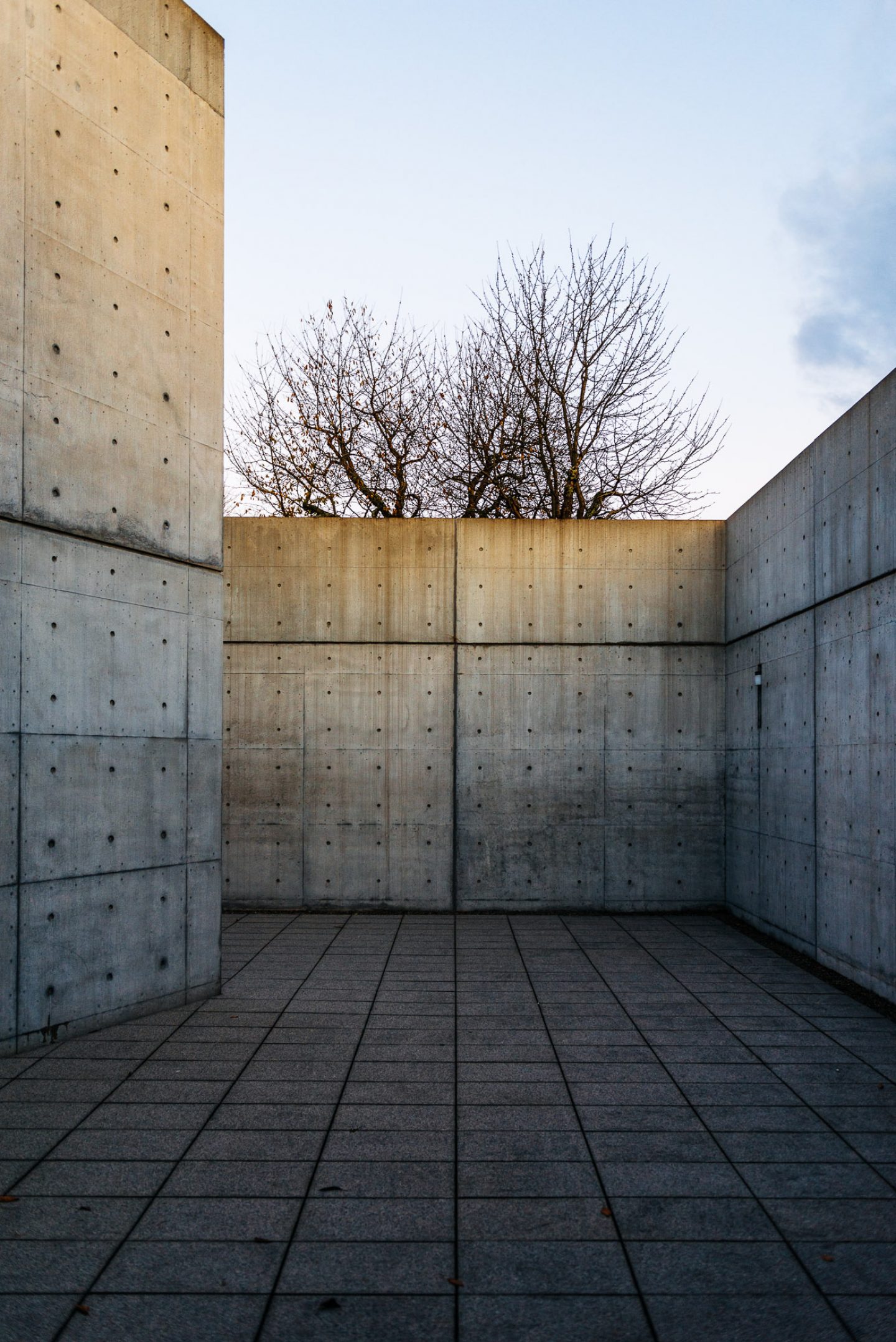
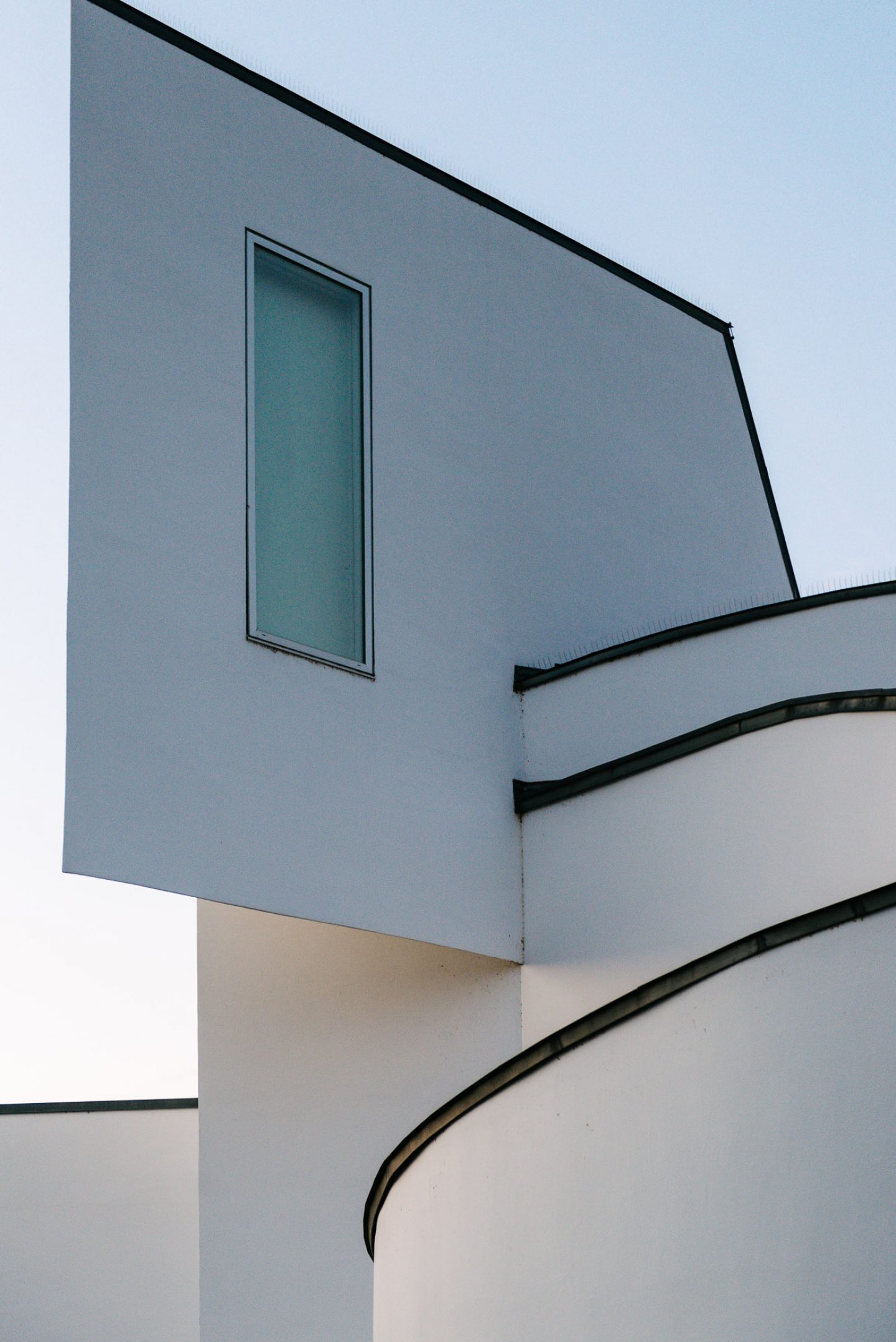
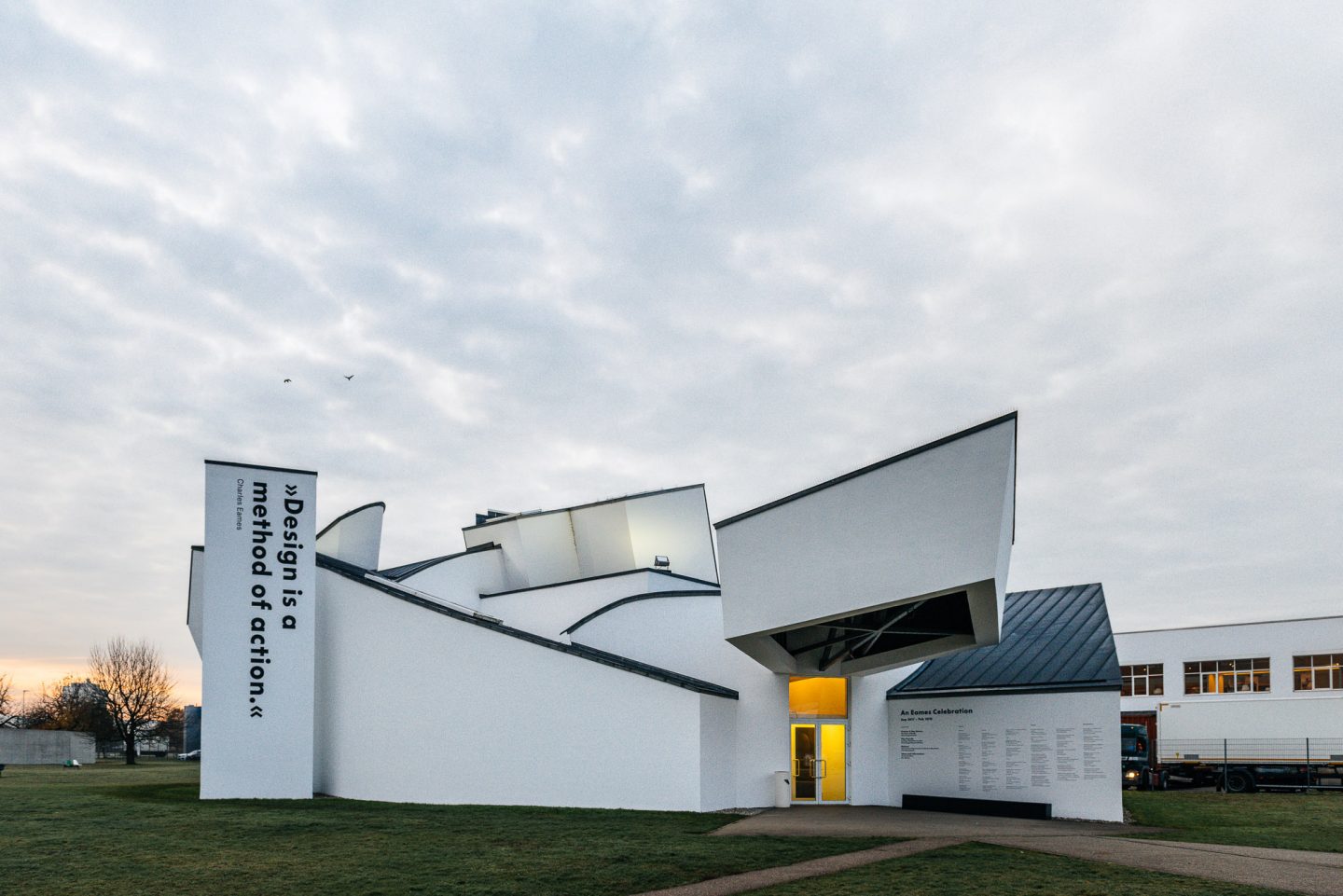
All images © Daniel Müller for iGNANT Production.
